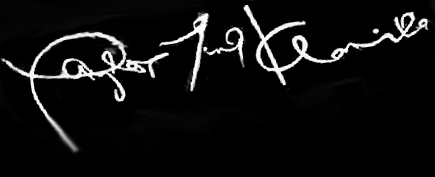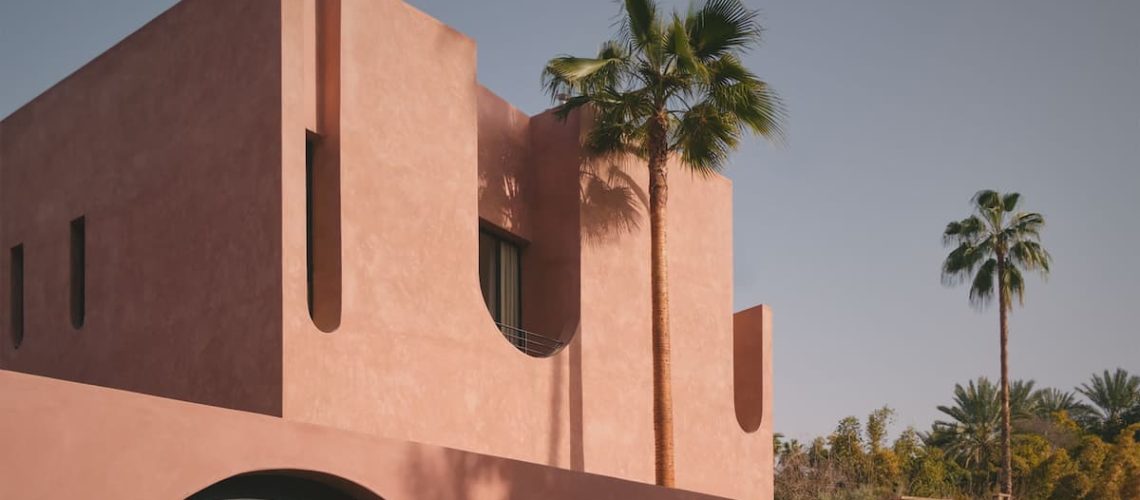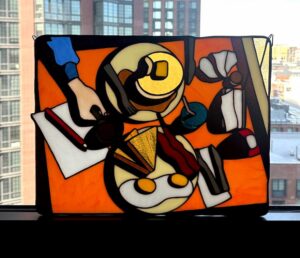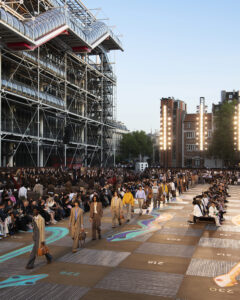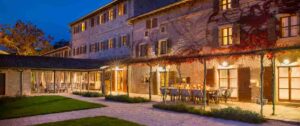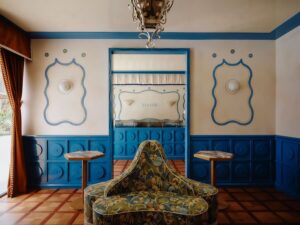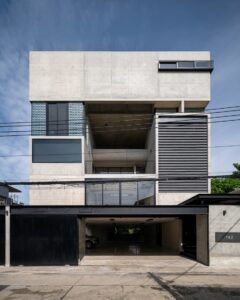︳Maison Brummell Majorelle: A Boutique Hotel in Morocco Channels Marrakesh’s Role as a Cultural Melting Pot
When French painter Jacques Majorelle set out in the early 1920s to create an exotic garden in Marrakesh, Morocco, little did he know that his pet project would become a world-renowned destination and Morocco’s most visited tourist attraction. Conceived as a serene sanctuary and botanical ‘laboratory’, Jardin Majorelle grew during the following decades into a maze-like wonderland featuring hundreds of plant species, fountains, pagodas and canopied walkways, as well as Majorelle’s home and painting atelier, all of which would have been demolished after Majorelle’s death had Yves Saint Laurent and Pierre Bergé not purchased and restored the property in the 1980s. Now home to the Musée Berbère, a courtyard café and chic boutique, the 12-acre compound is a must for anyone visiting the country, welcoming wanderlust travellers from all over the world. One such traveller is Austrian hotelier Christian Schallert whose boutique 8-room hotel Maison Brummell Majorell just opened its doors right next door.



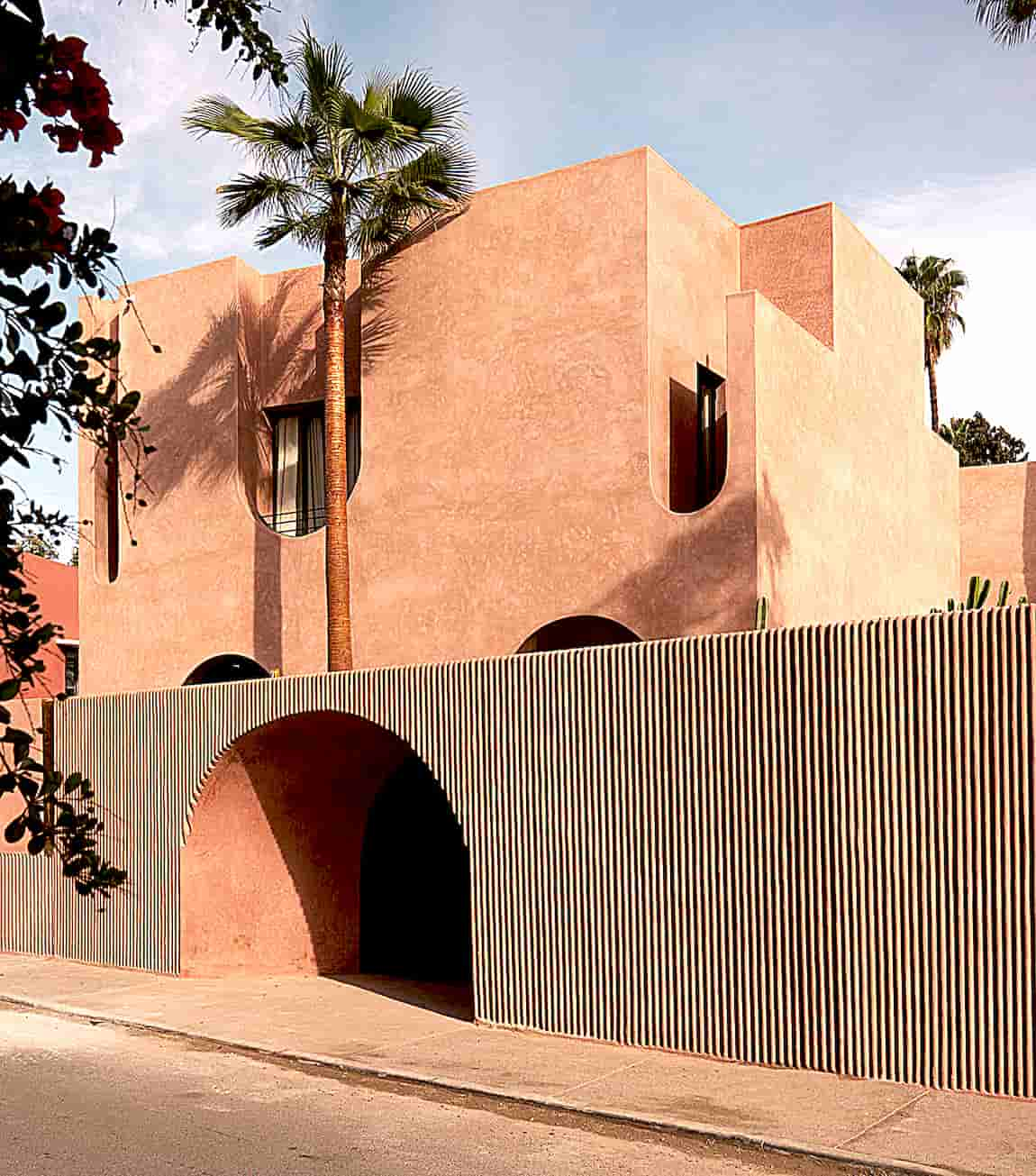

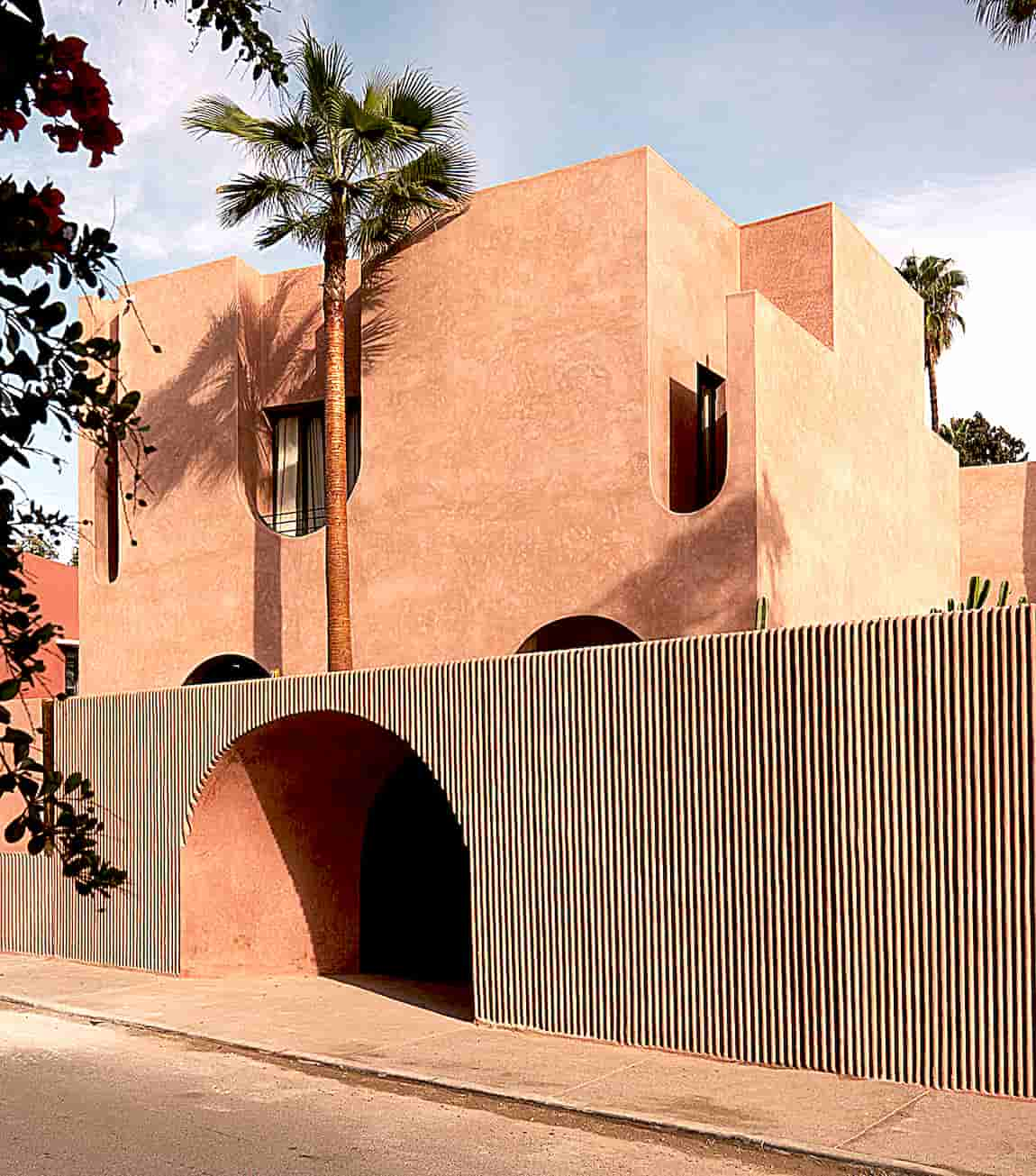
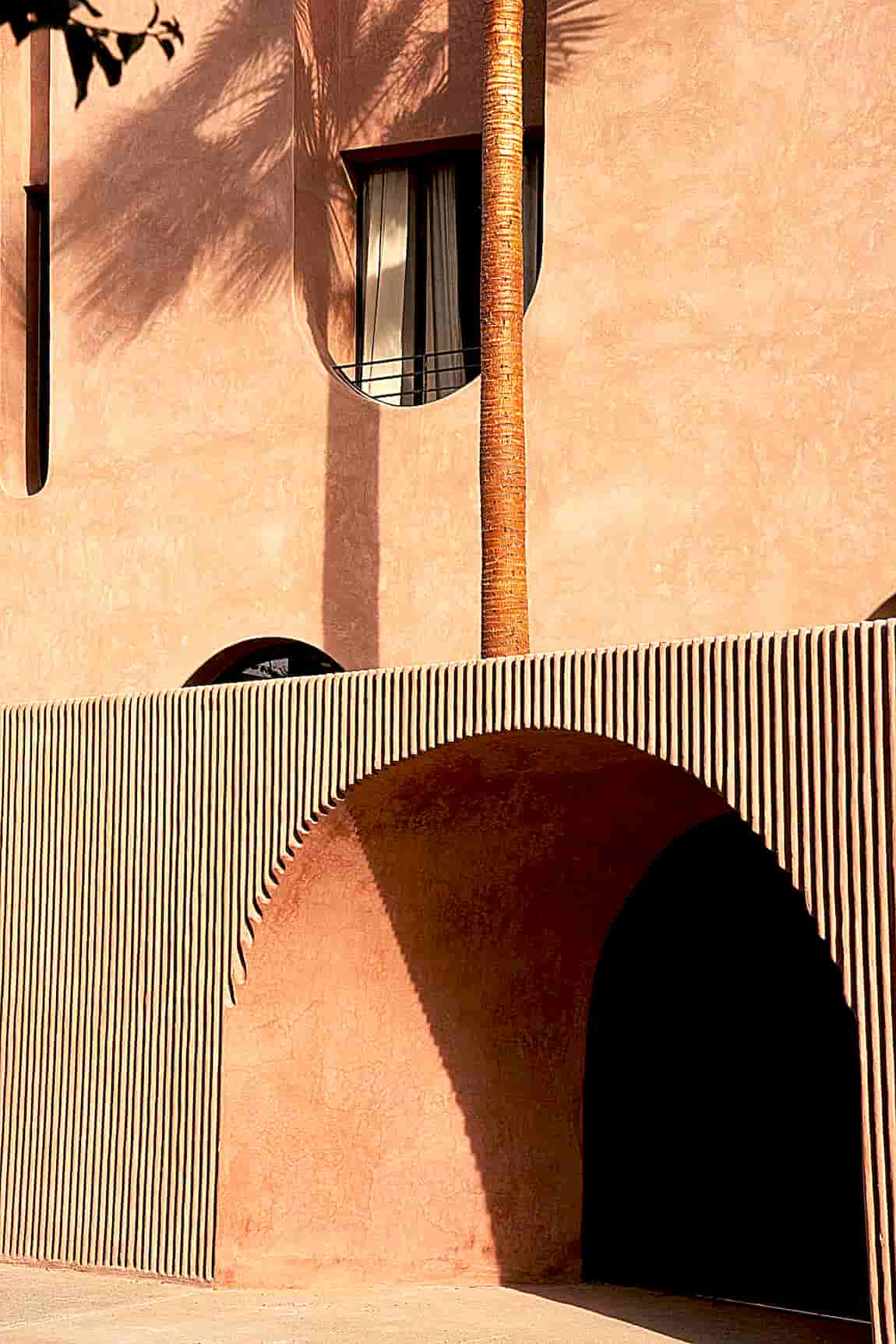

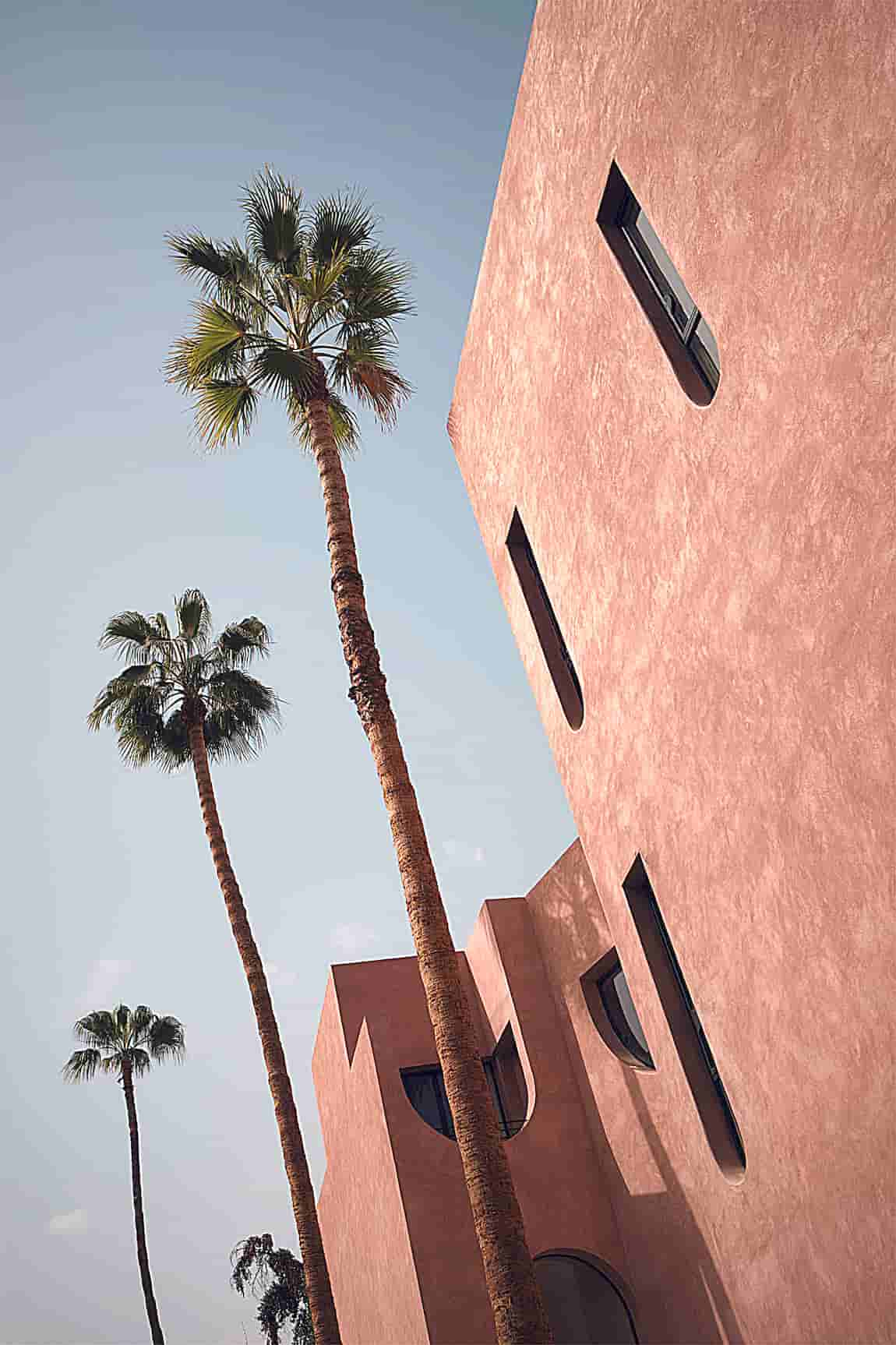
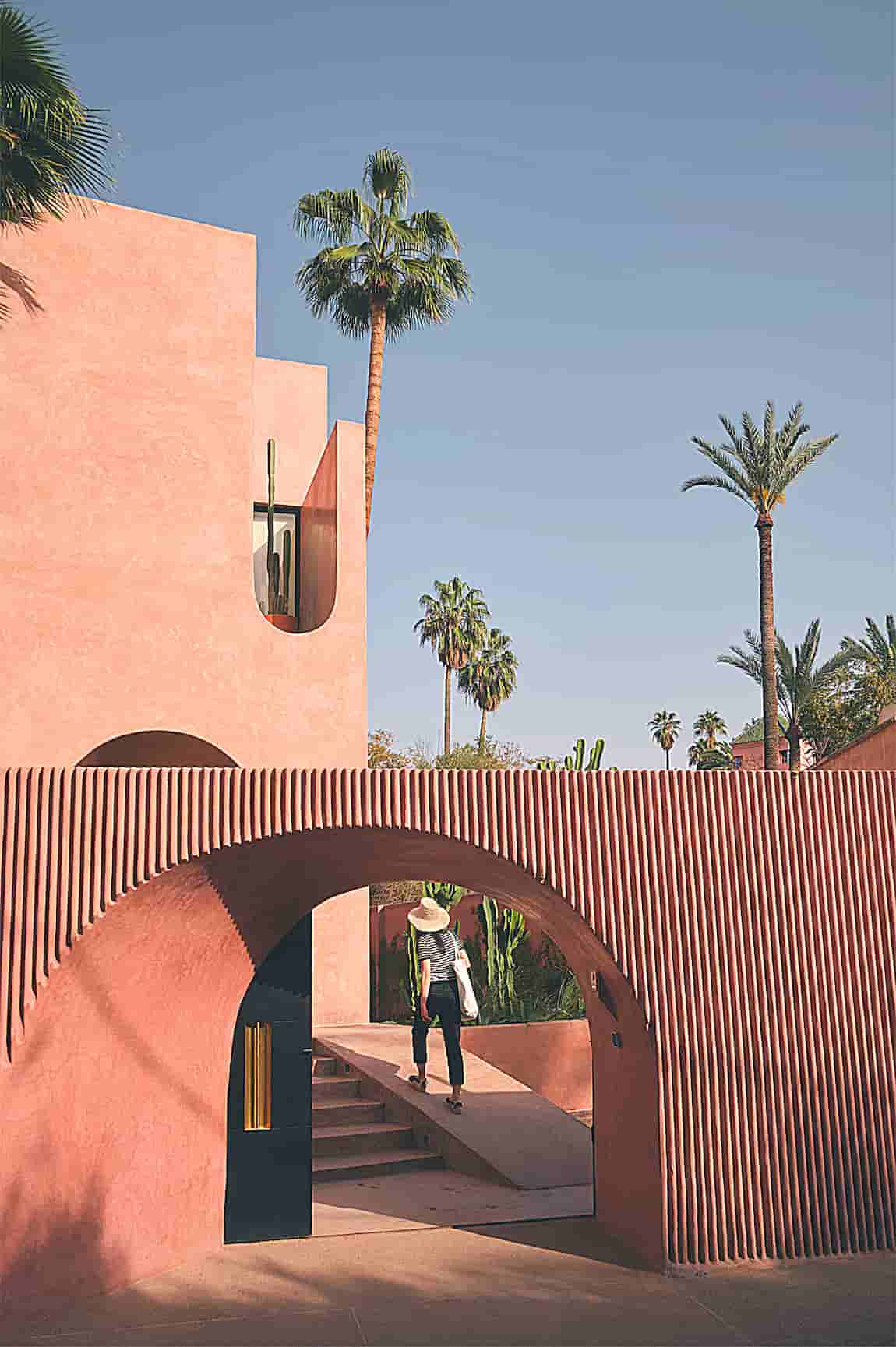
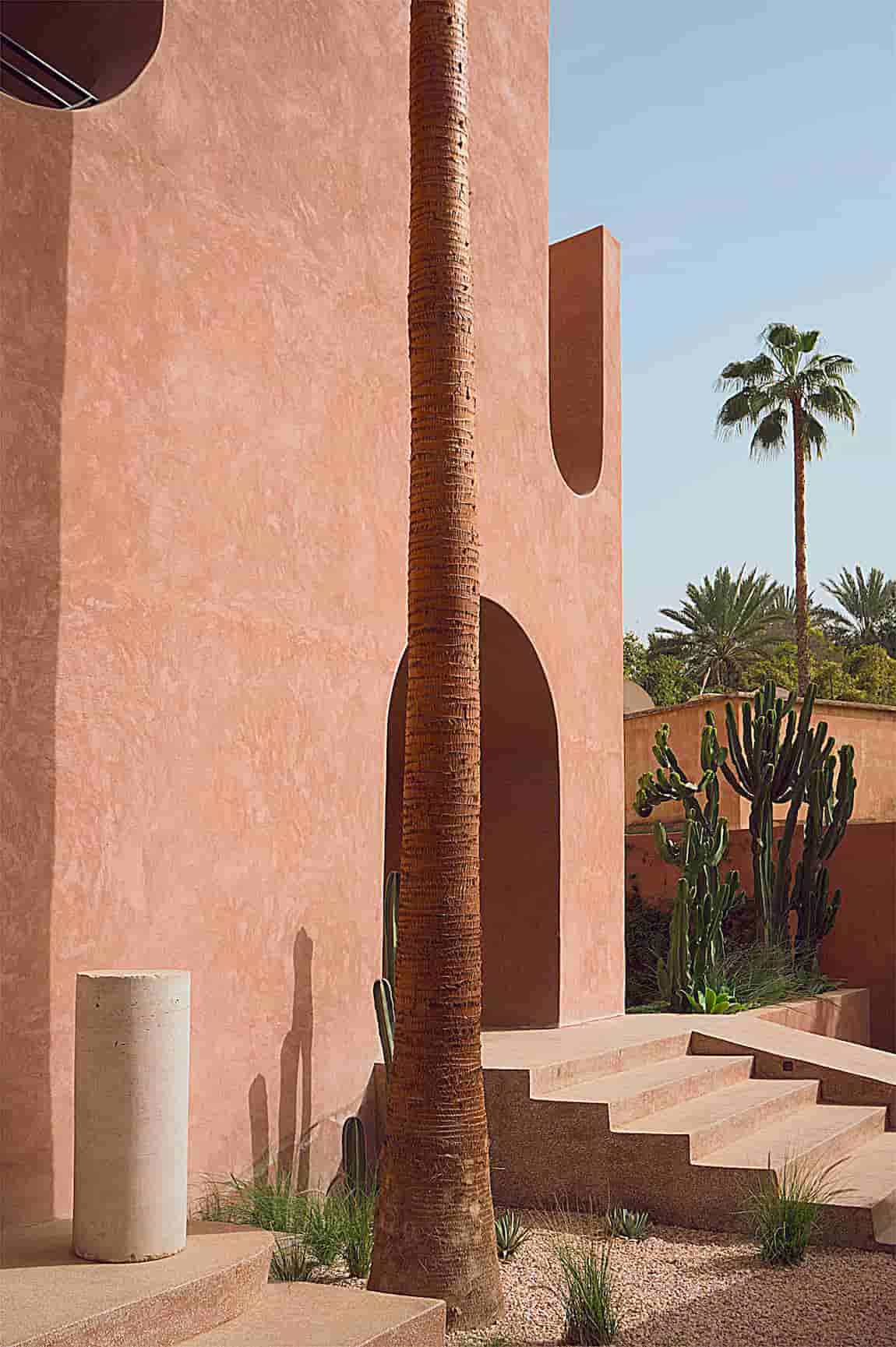
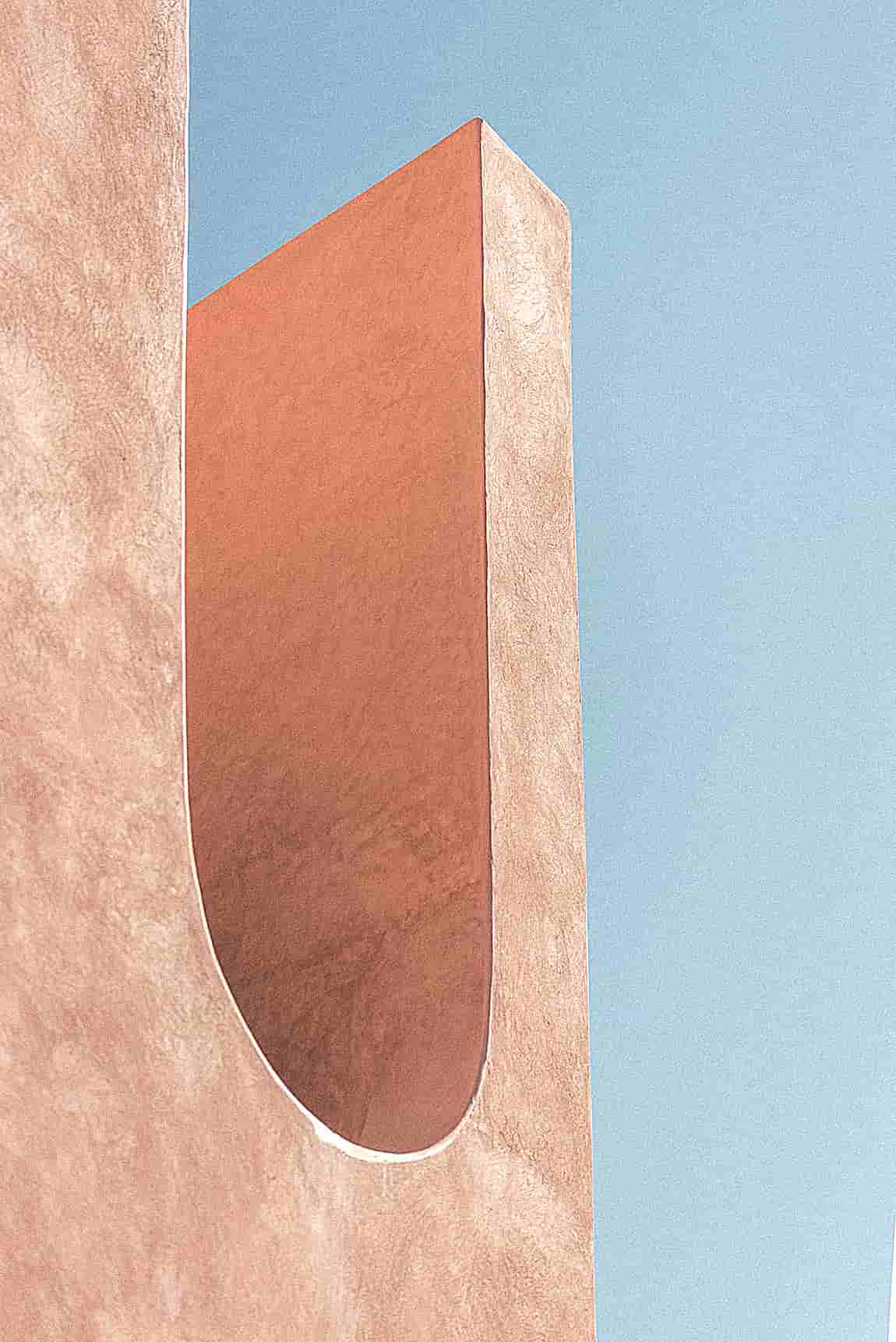
The third property from Schallert’s hospitality brand Brummel Projects, Maison Brummell Majorelle was originally conceived as a house to host friends and family rather than a hotel. Barcelona-based New Zealand architect Bergendy Cooke, working in collaboration with Moroccan architect Amine Abouraoui, drew inspiration from the Cubist Art Deco architecture of Musée Berbère next door, which French architect Paul Sinoir built in the 1930s to house Majorelle’s atelier, combining Moorish and Modernist elements into a gem of a building that harmoniously blends in with the neighbourhood.
Underpinned by Brummell Projects’s concept of casual luxury, the hotel is a design lovers’ dream, mixing hand-crafted finishes with design classics, artisanal pieces and contemporary artworks in the spirit of Majorelle and Yves Saint Laurent’s eclectic sense of style. Cosy communal areas, lush private gardens, a stunning swimming pool and a hammam with a massage room, steam bath and heated plunge pool, plus the Maison’s chef at the guests’ disposal to prepare traditional dishes, makes the property “lush and dreamy”, in a place that is as much about relaxation and serenity as it is about inspiration.
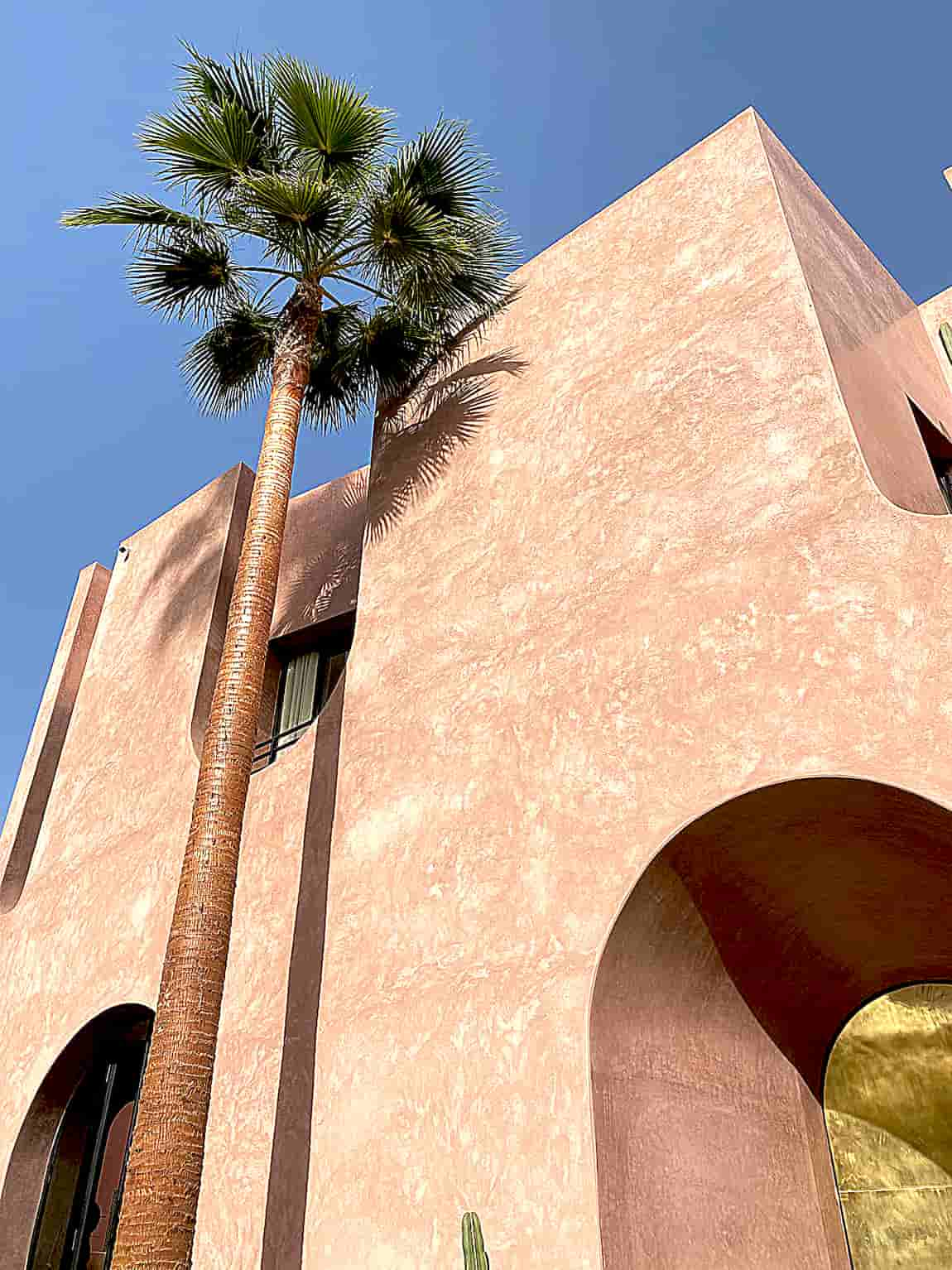
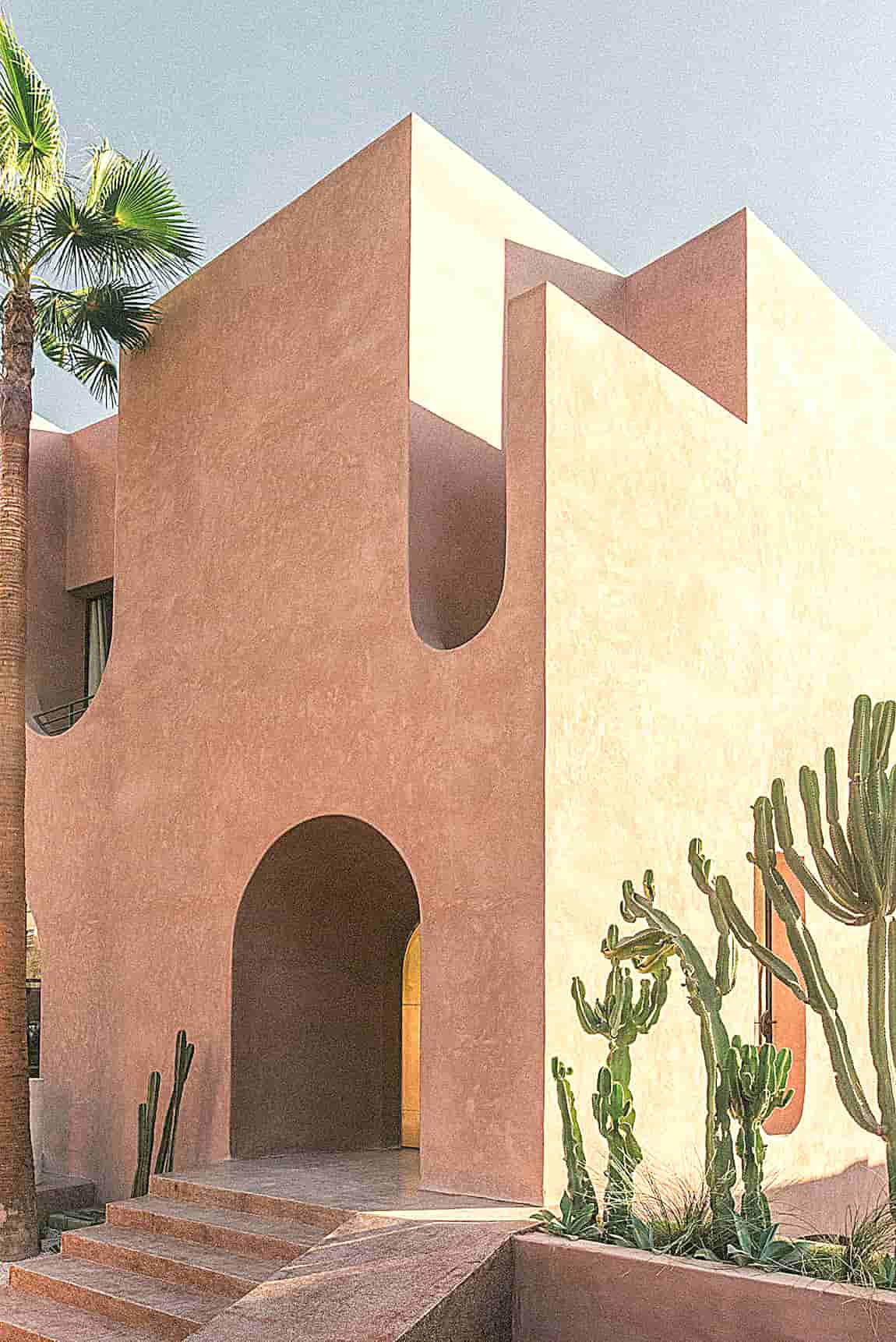

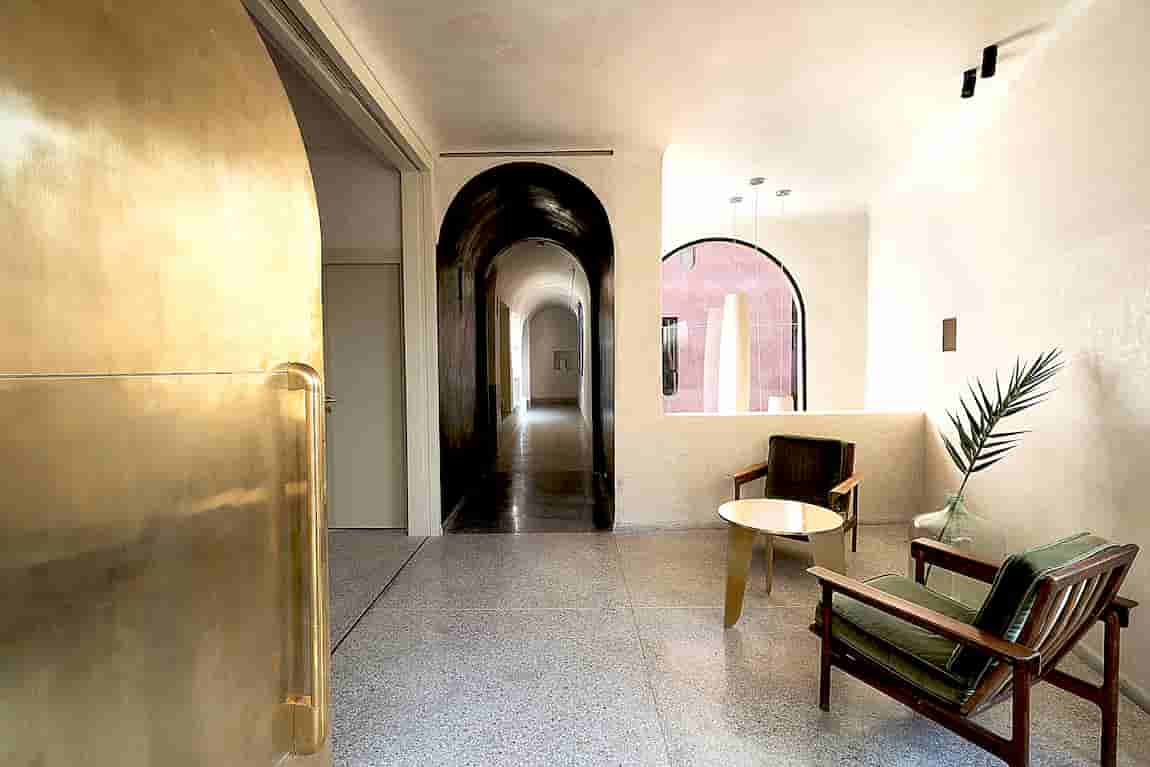
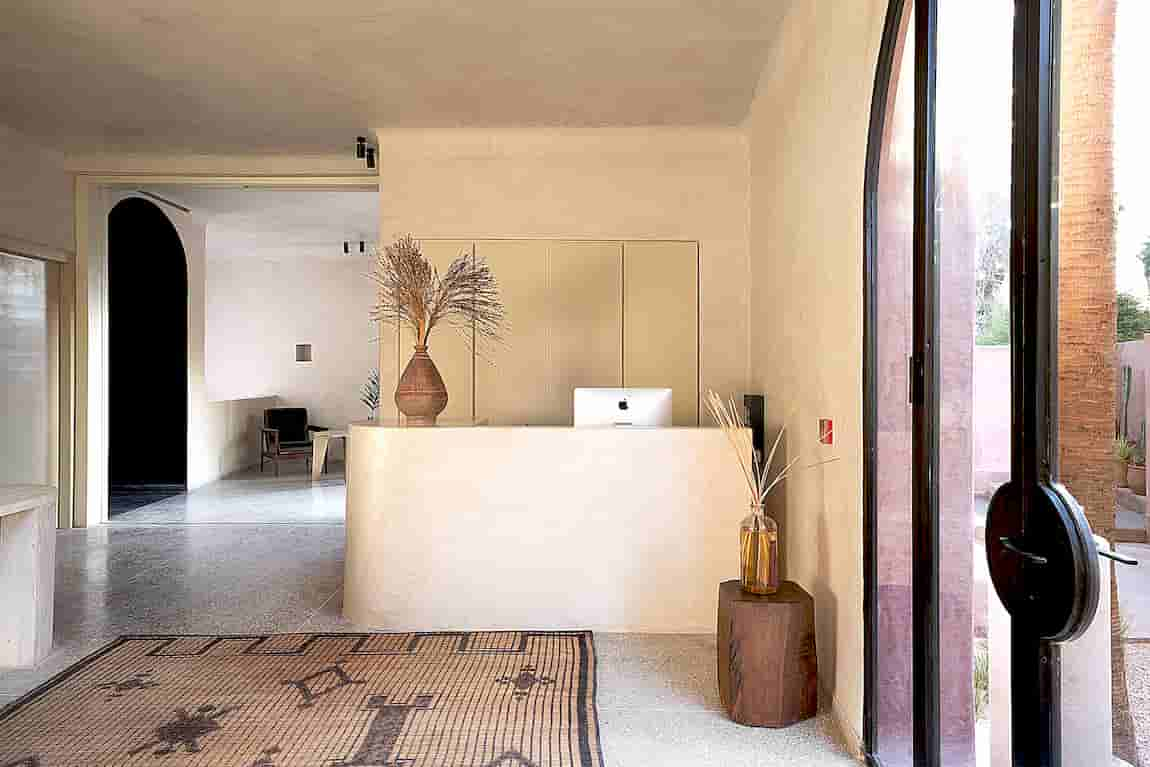
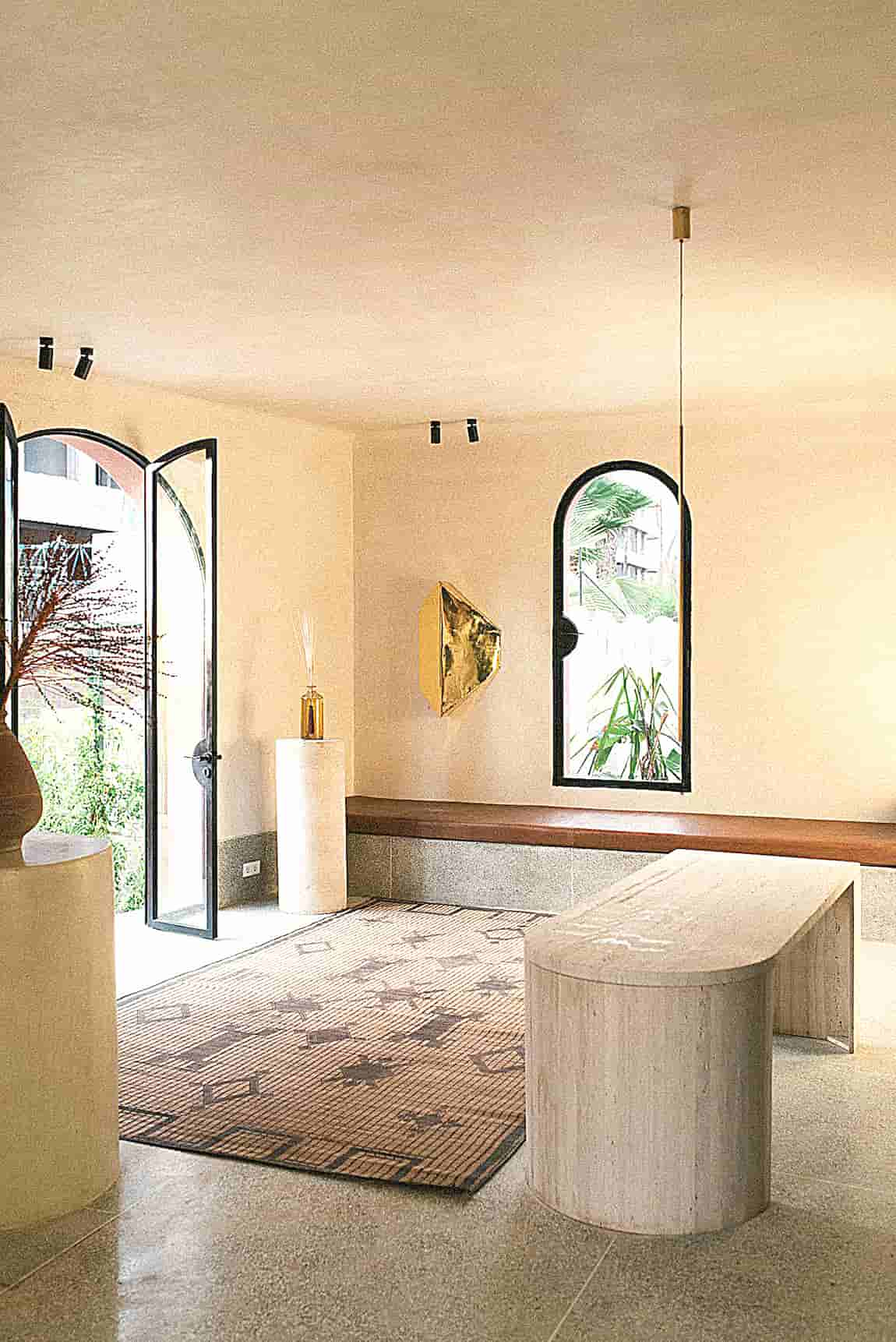
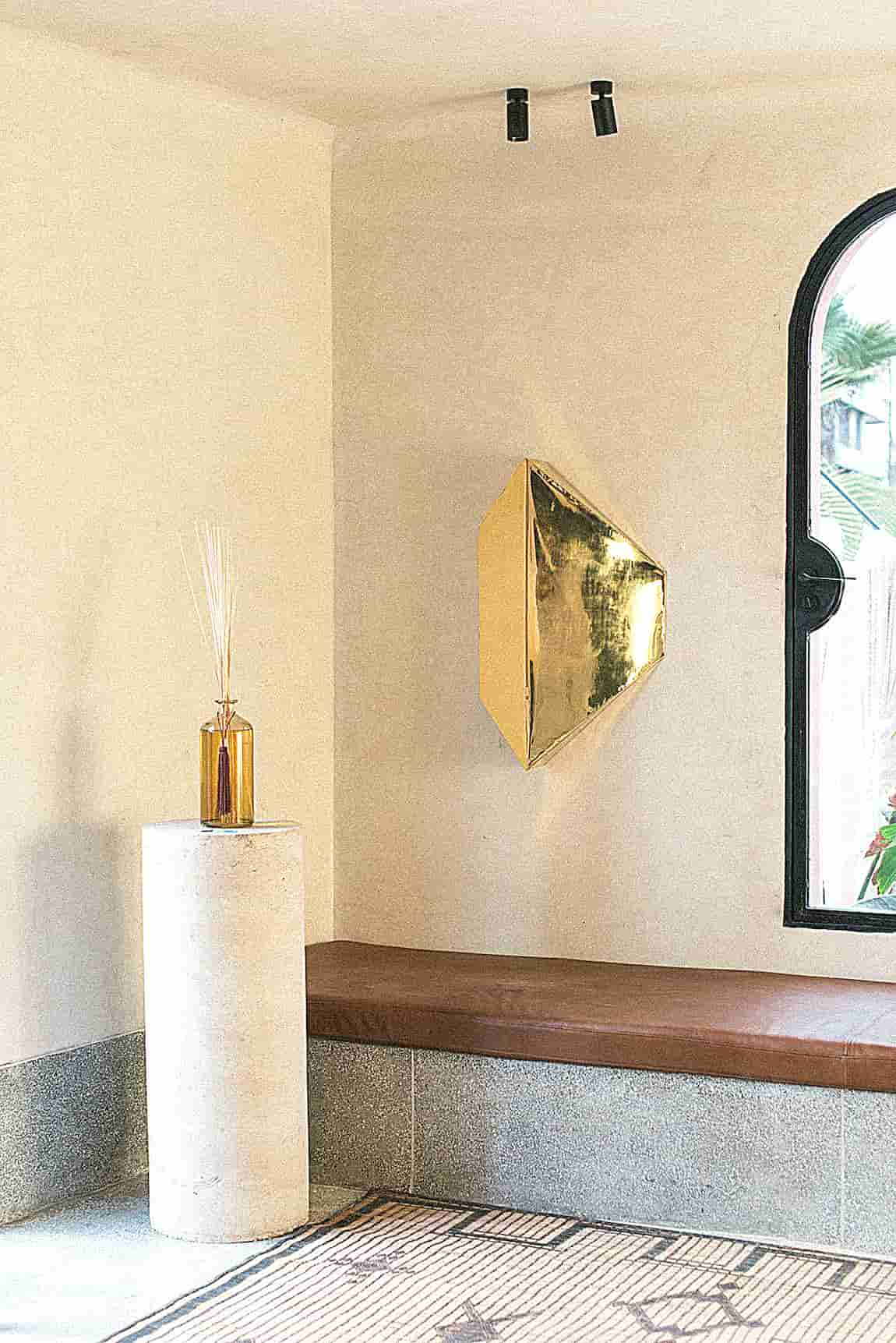
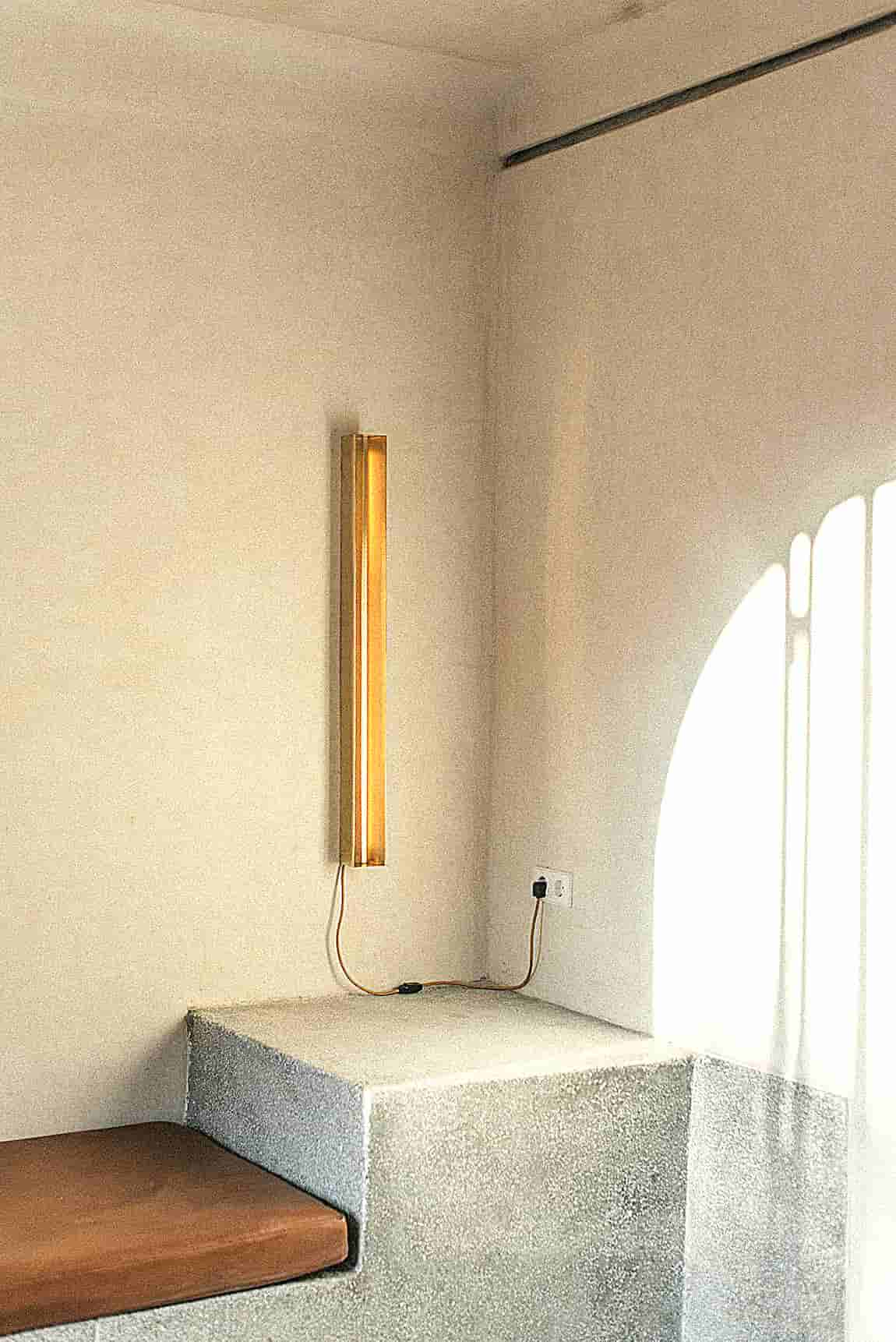
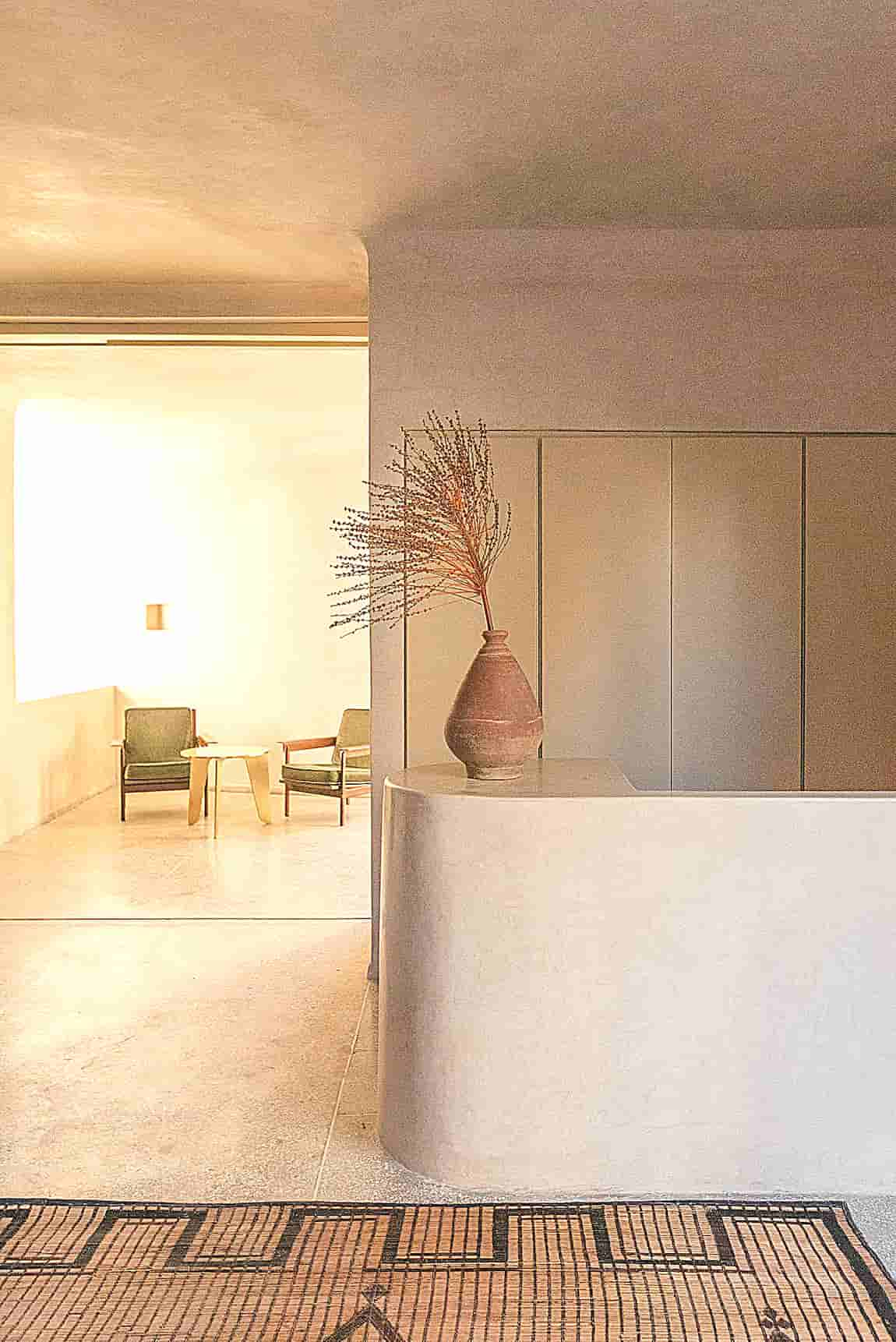
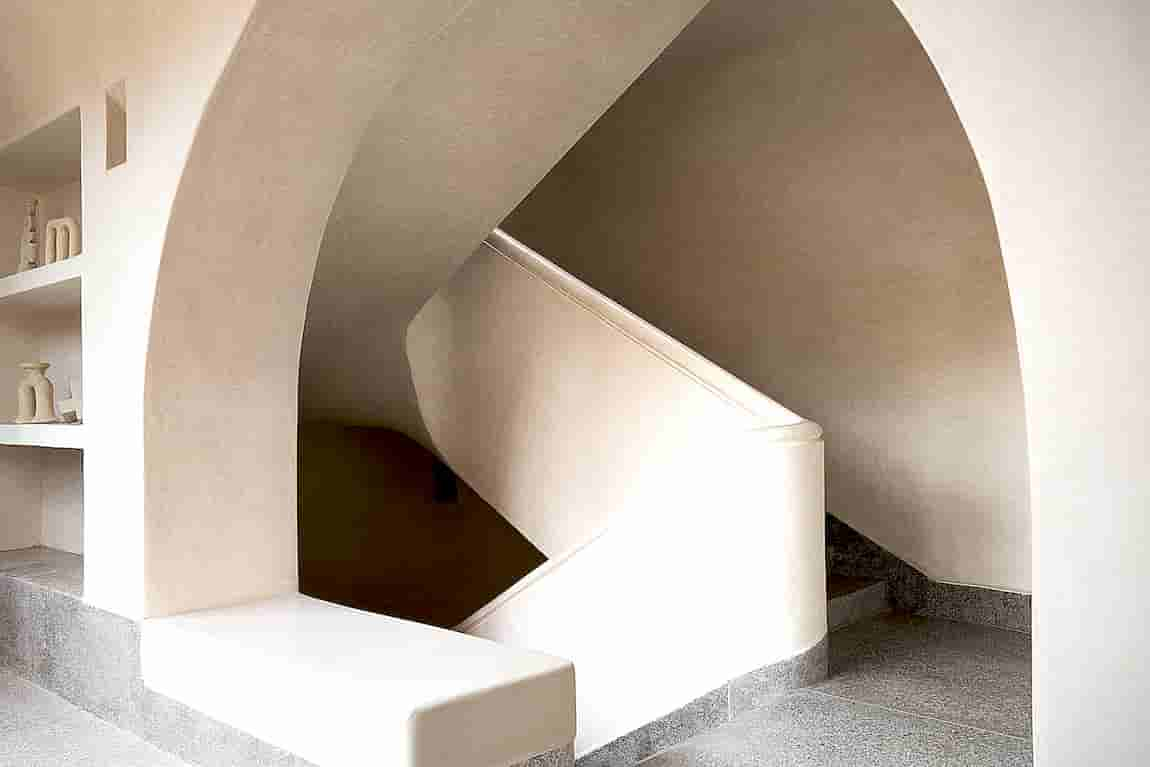
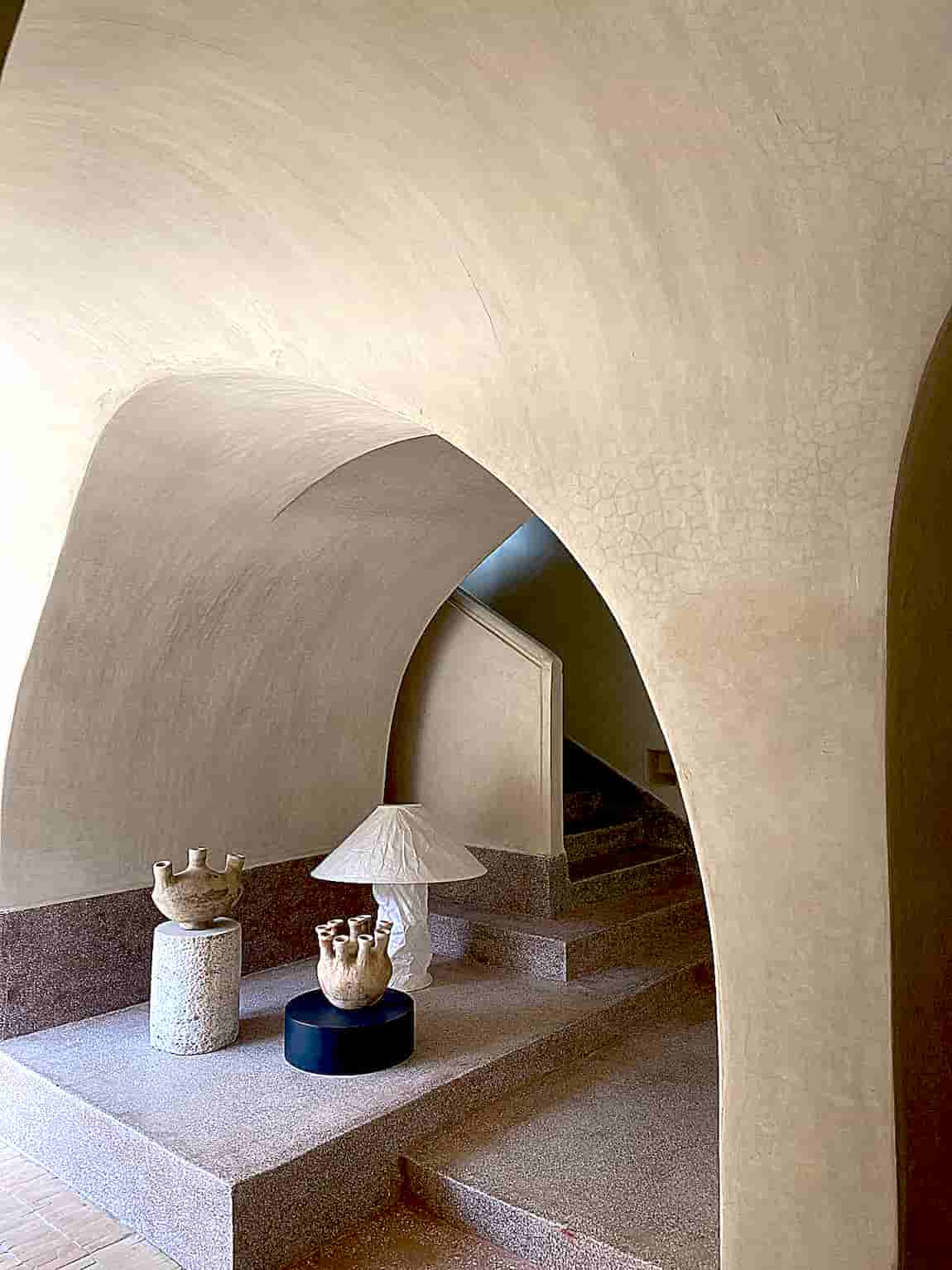
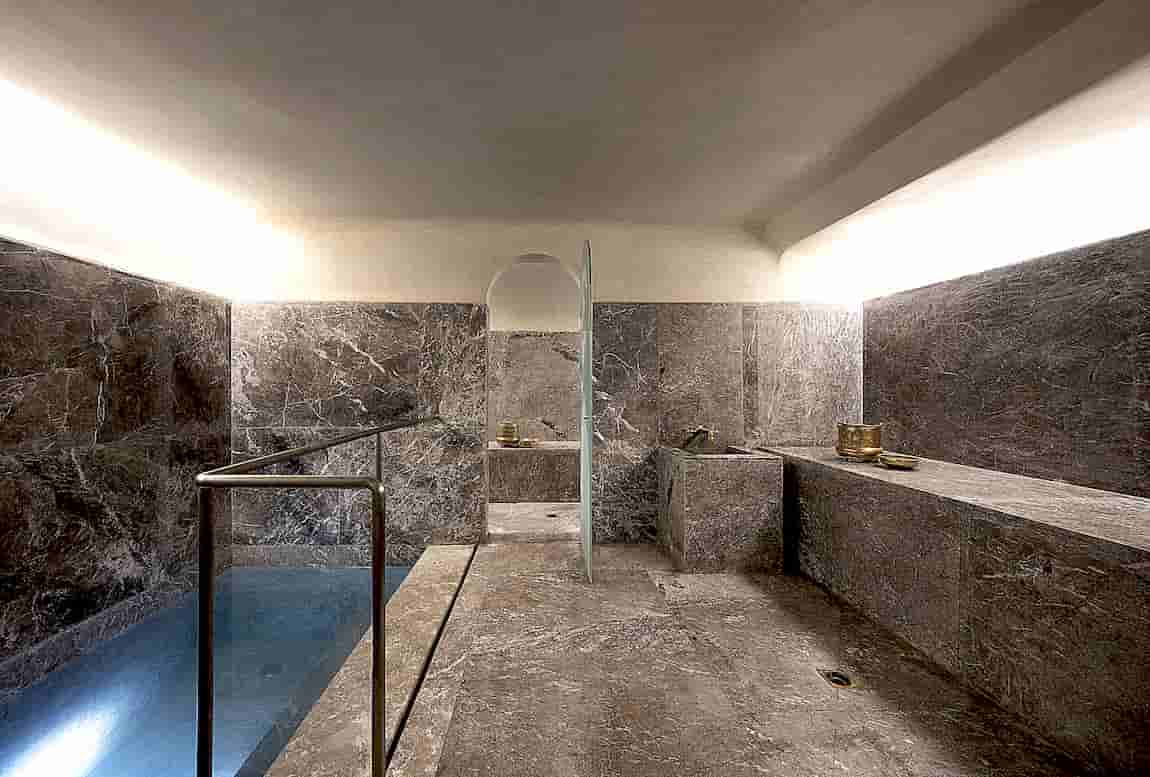

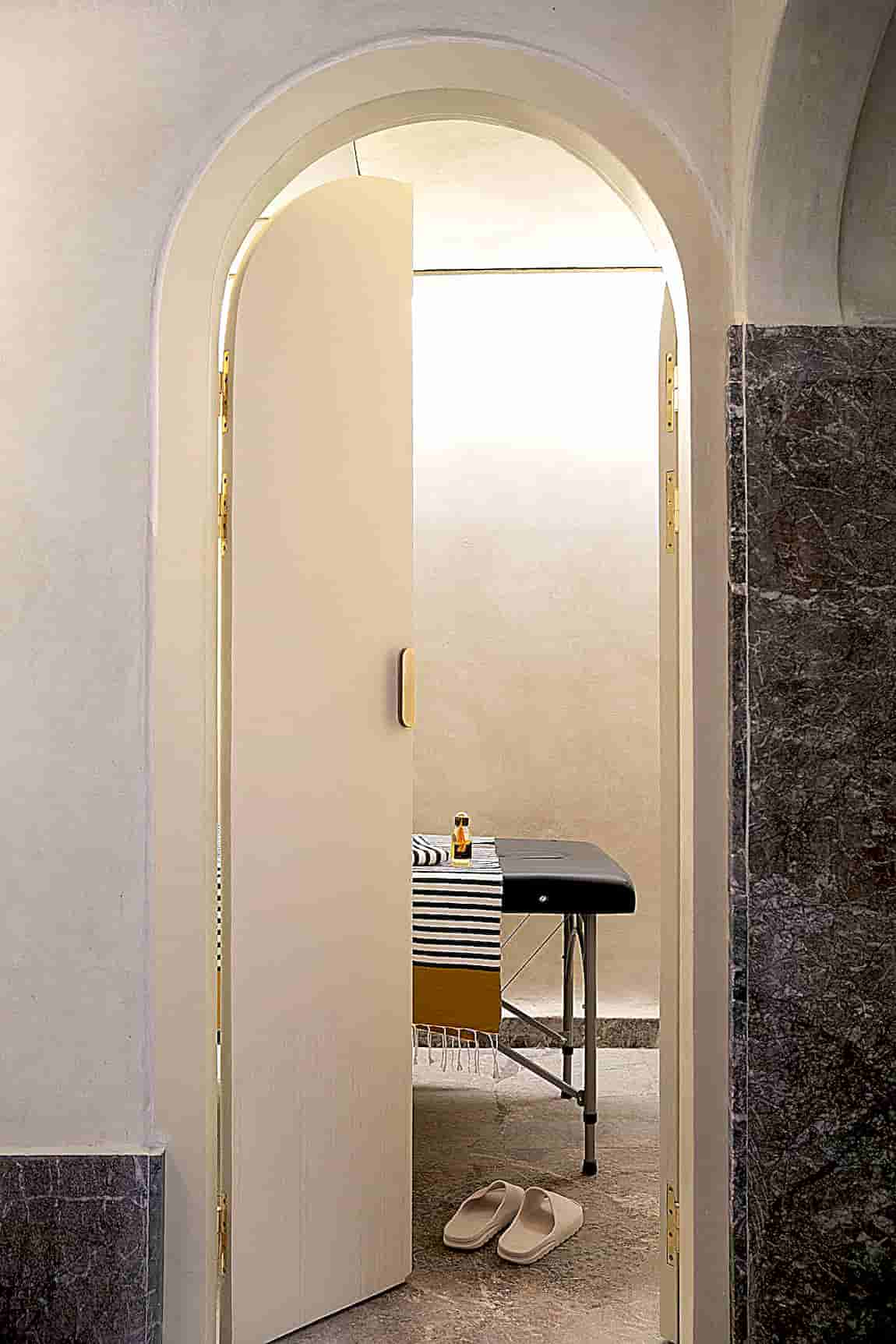
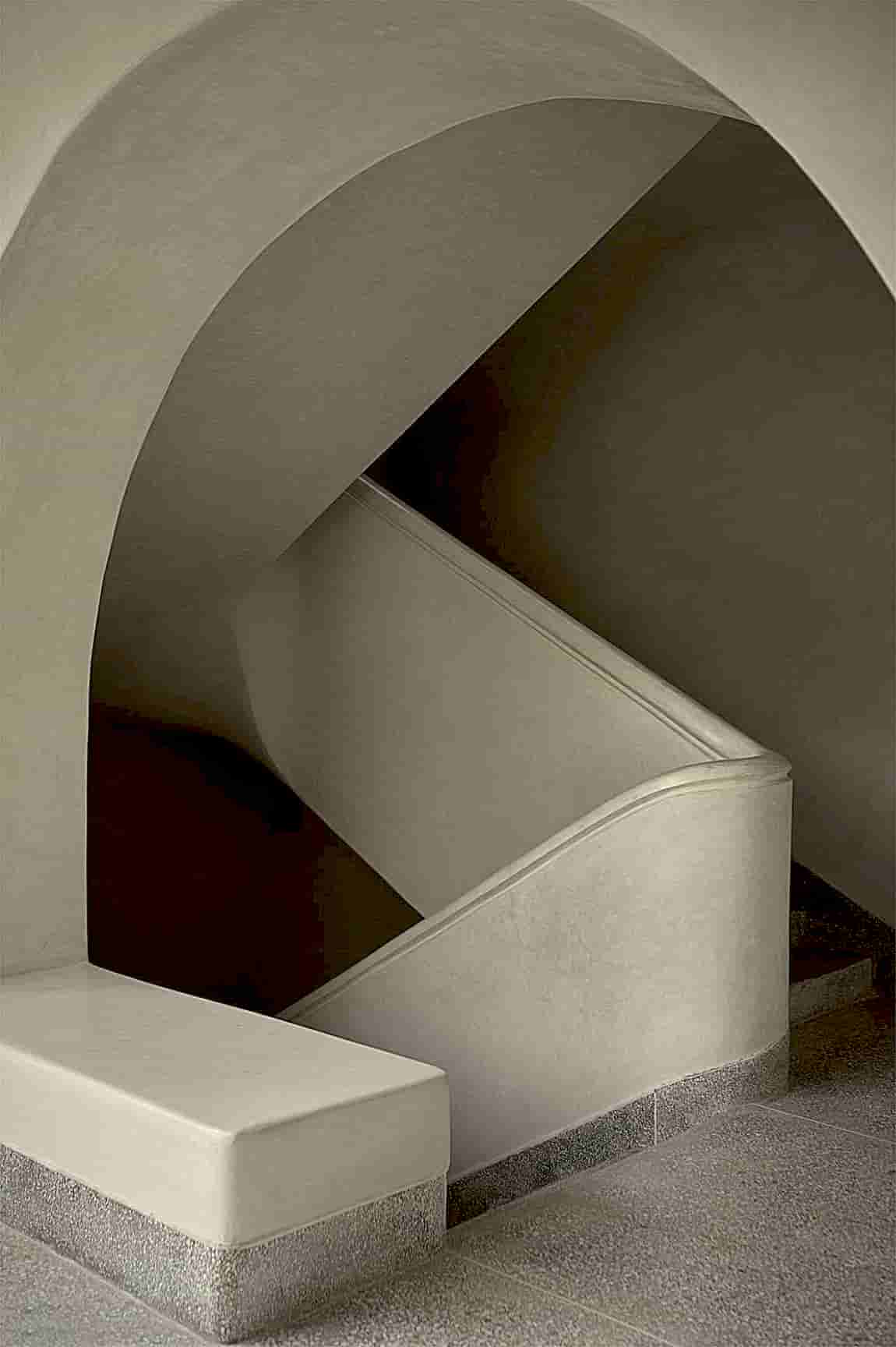
Colour-washed in an earthy terracotta hue, the hotel’s exterior is a playful counterpoint to Jardin Majorelle’s buildings which are painted in “Majorelle Blue”, a striking shade of cobalt blue created by Majorelle himself as a reflection of the blue shade of traditional Moroccan tiles, the veils of the Tuareg people, and Moroccan skies. In contrast, the hotel’s interiors are rendered in a muted palette of whites, creams and greys but what they lack in colour they make up for in texture. Tadelakt surfaces (a traditional type of natural, lime-based plaster), terrazzo floors cast on site, and handmade tiles imbue the spaces with a sense of local craftsmanship and sculptural elegance.
The same goes for Cooke´s bespoke designs of brass lamps and tables, wooden bed bases and bedside tables that have been crafted by local artisans which have been mixed with contemporary pieces and design classics such as the Egon Eierman chairs and Ingo Maurer‘s paper lamp. Despite such an eclectic approach to the hotel’s décor, the spaces feel fresh and modern thanks to a design language of clean lines and simple forms as well as a contemporary art collection of photographs, paintings and sculptures.
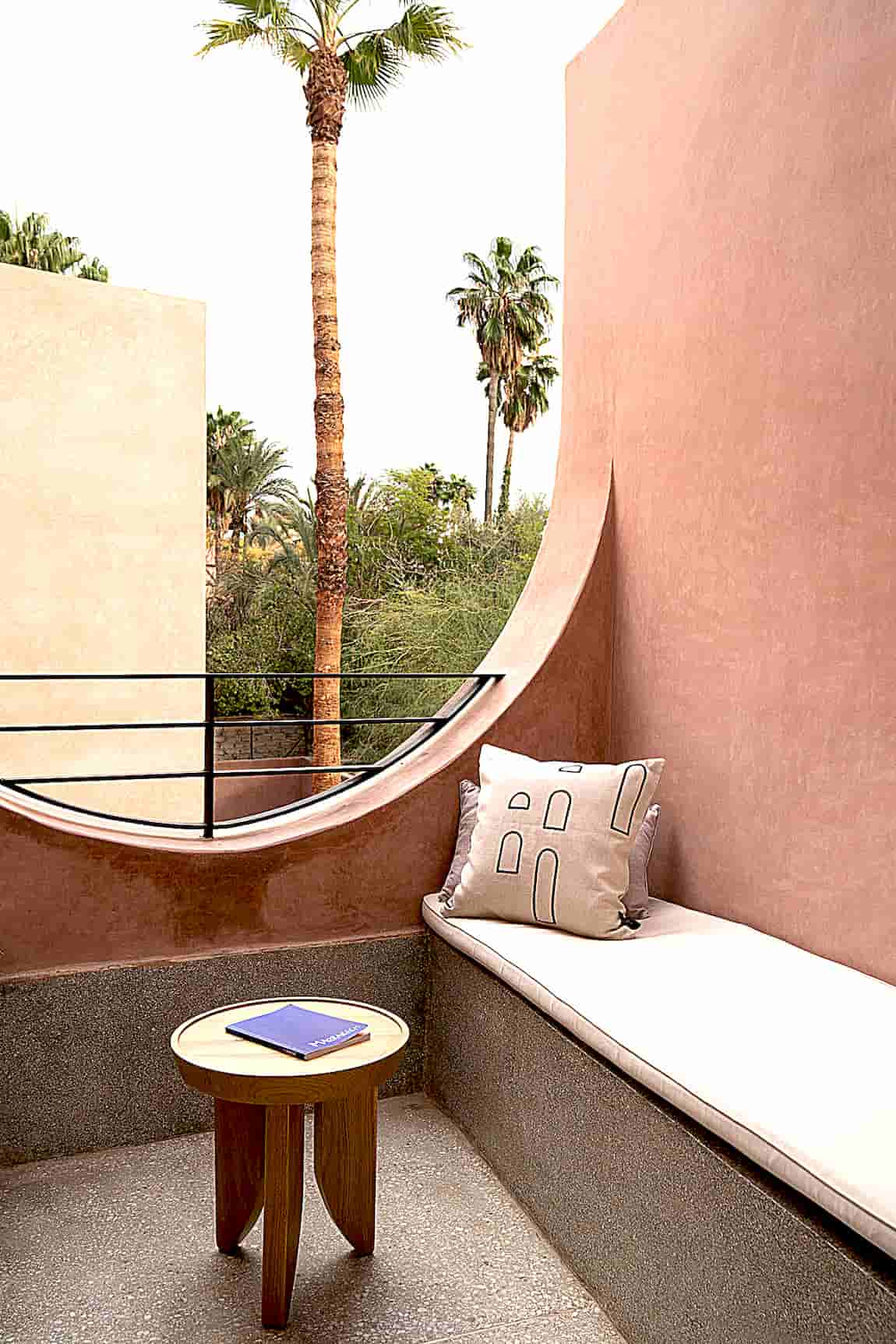
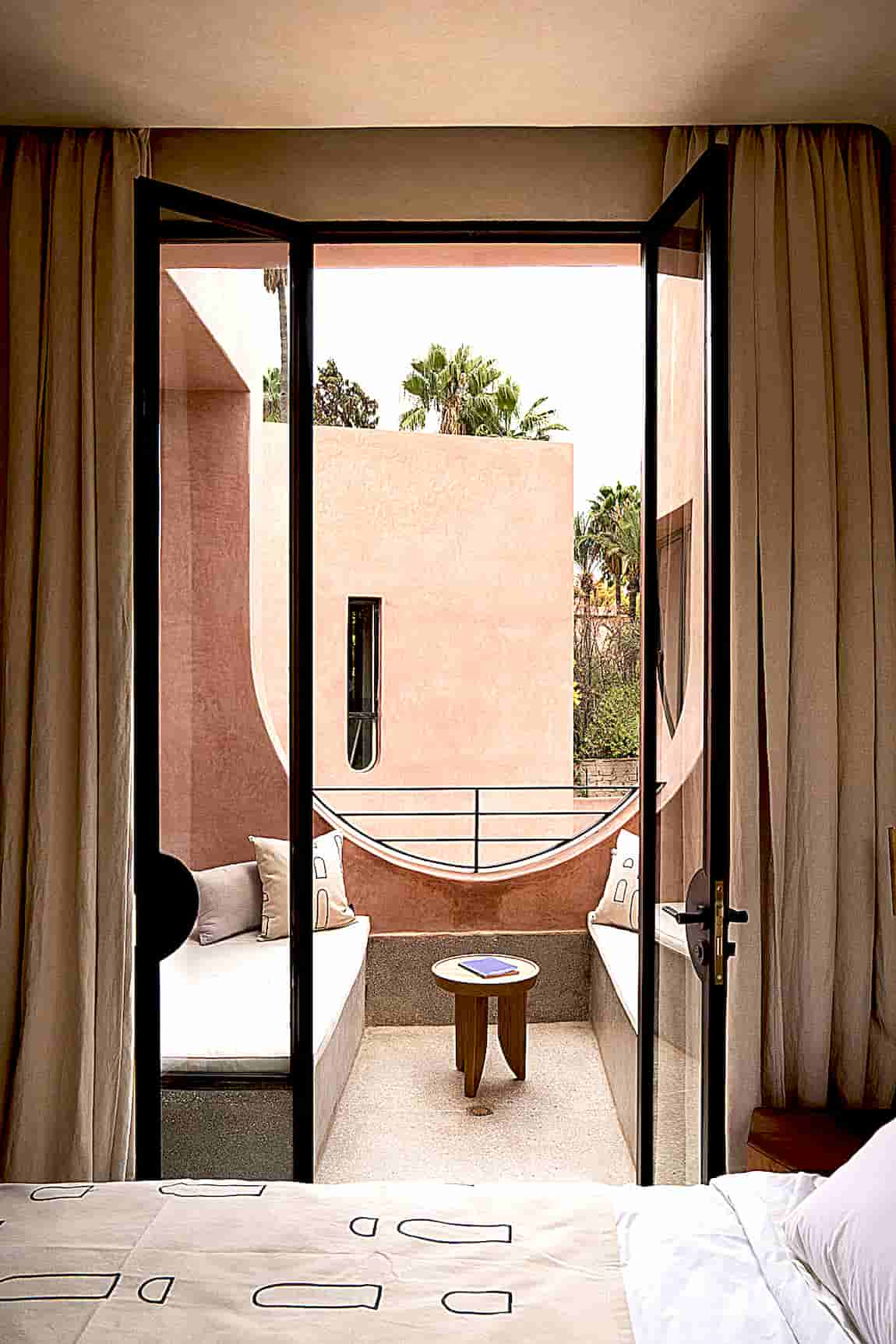

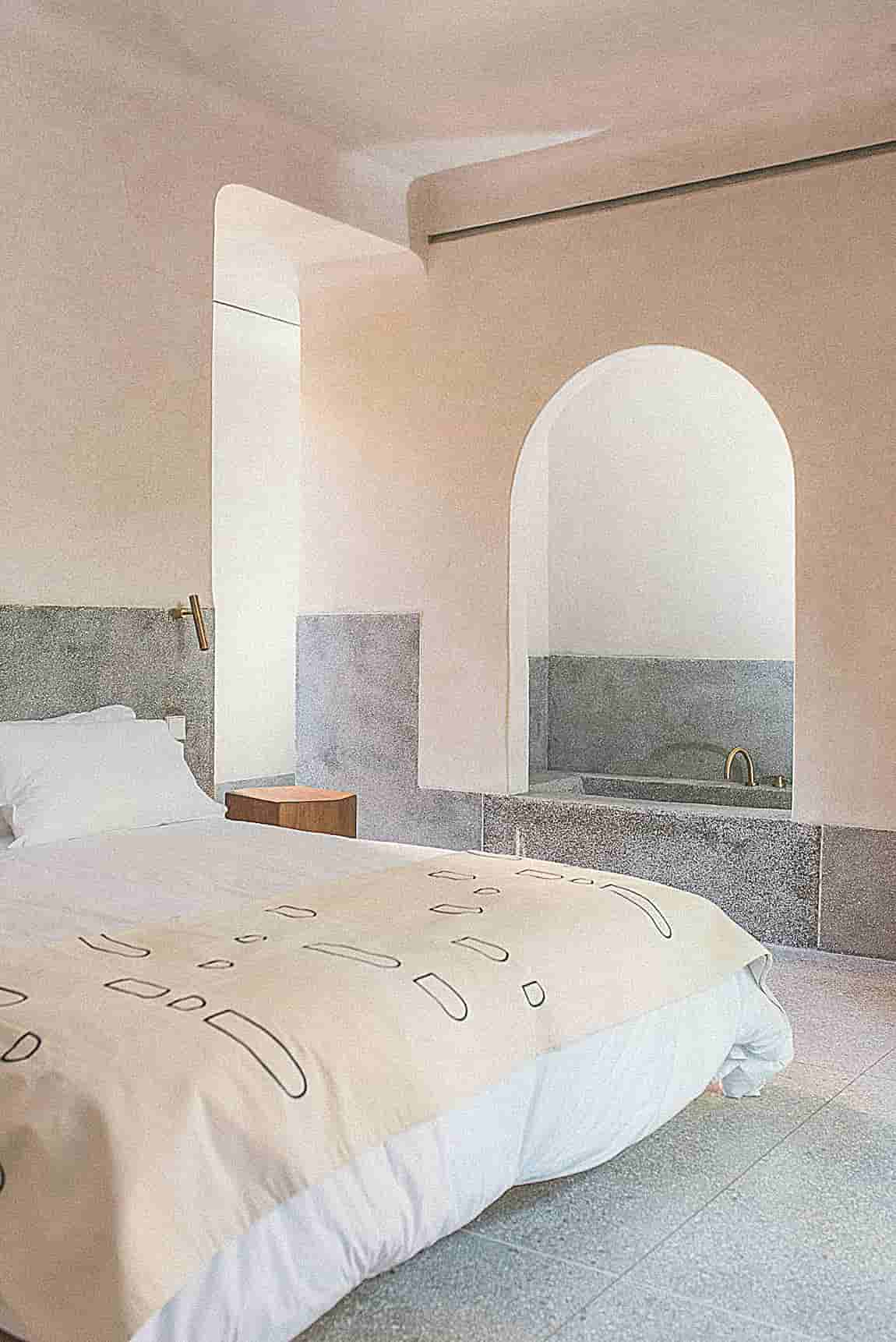
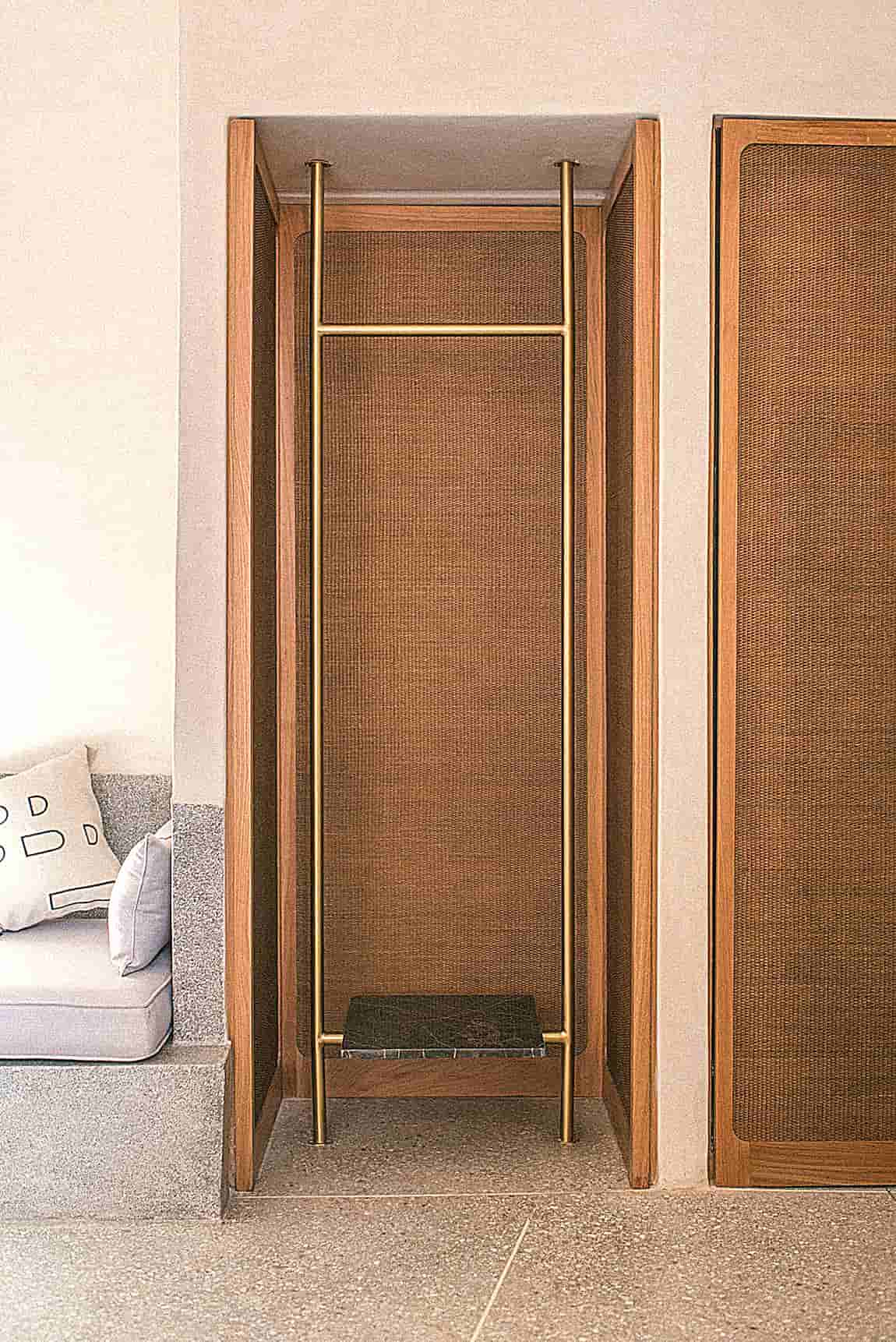
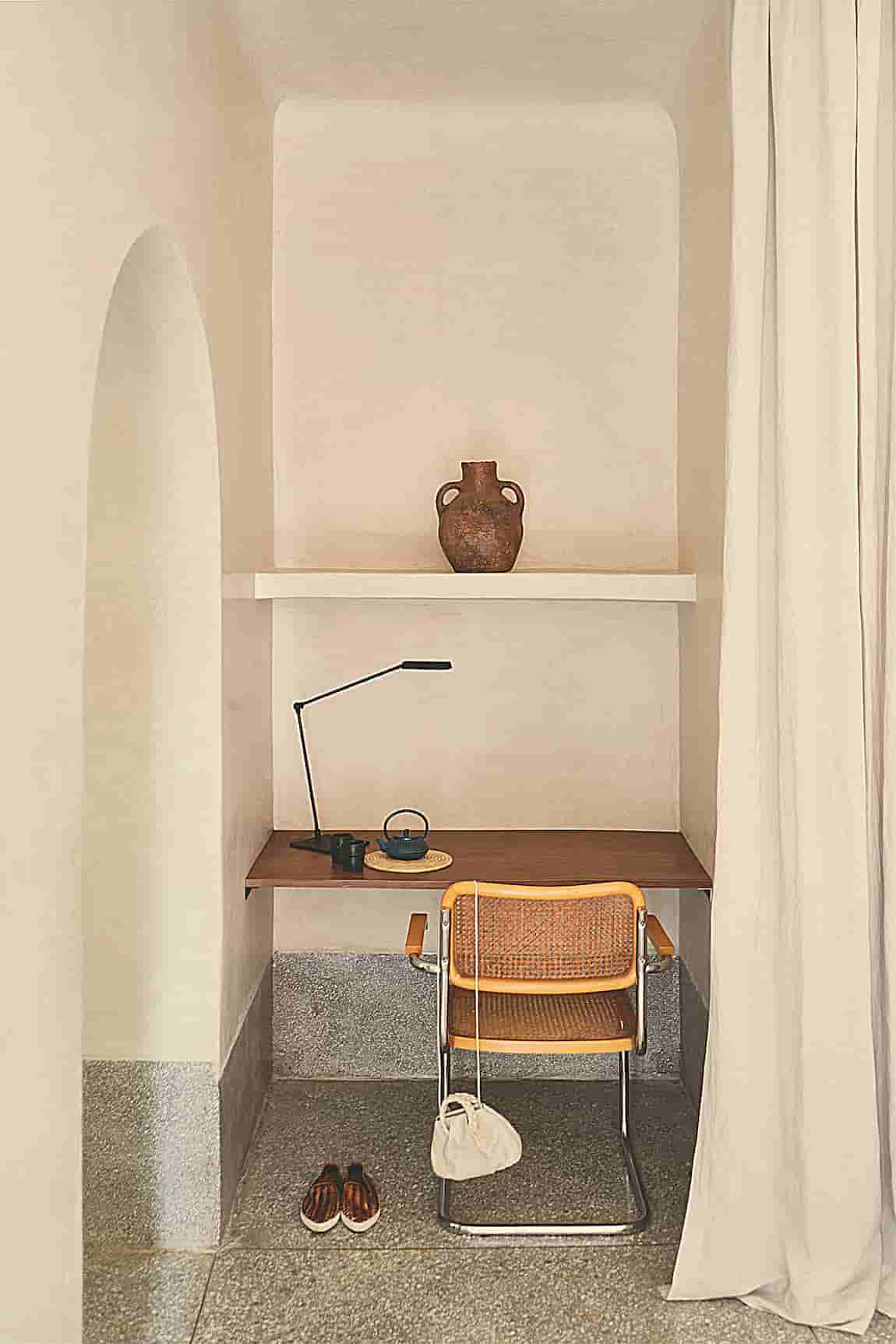
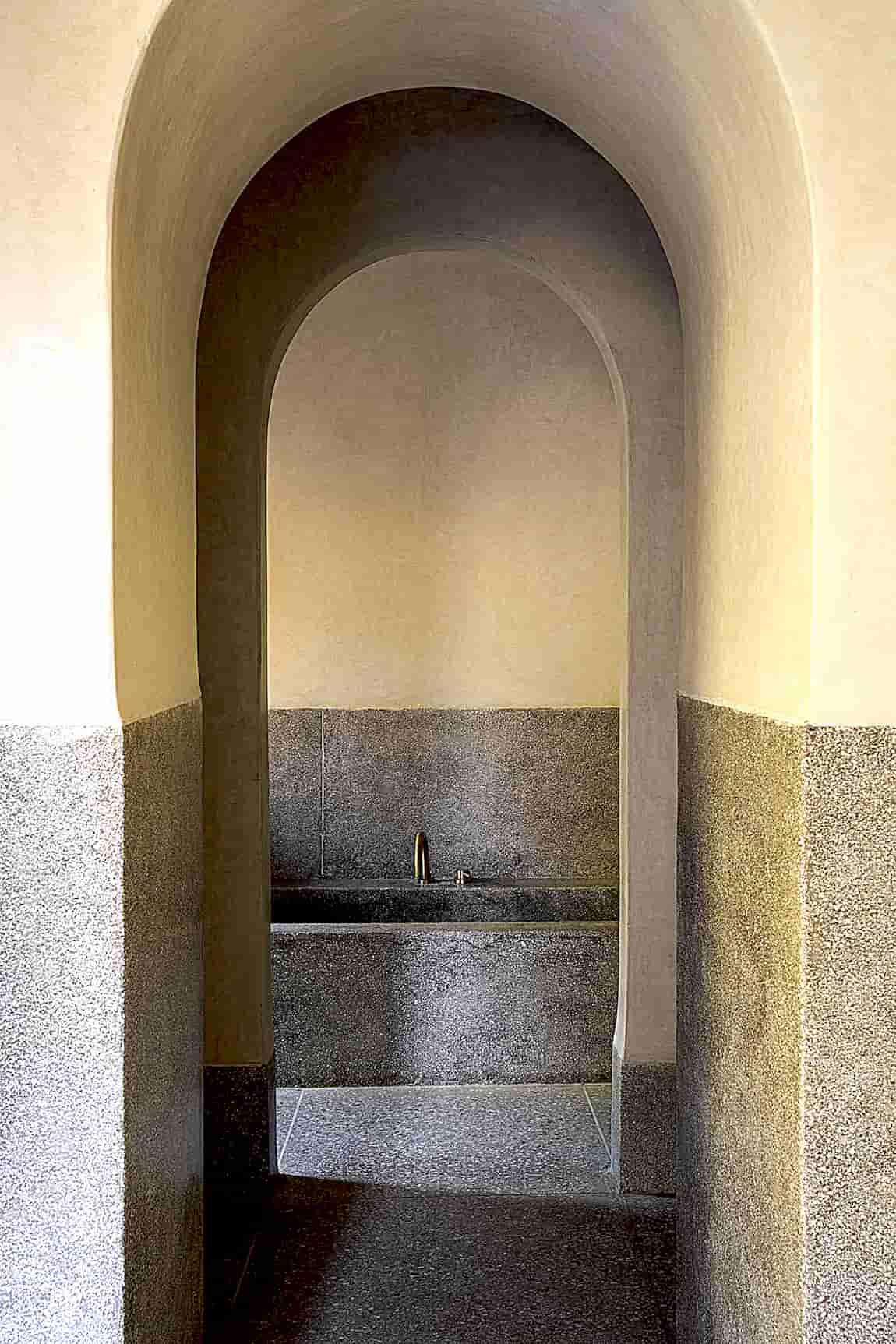
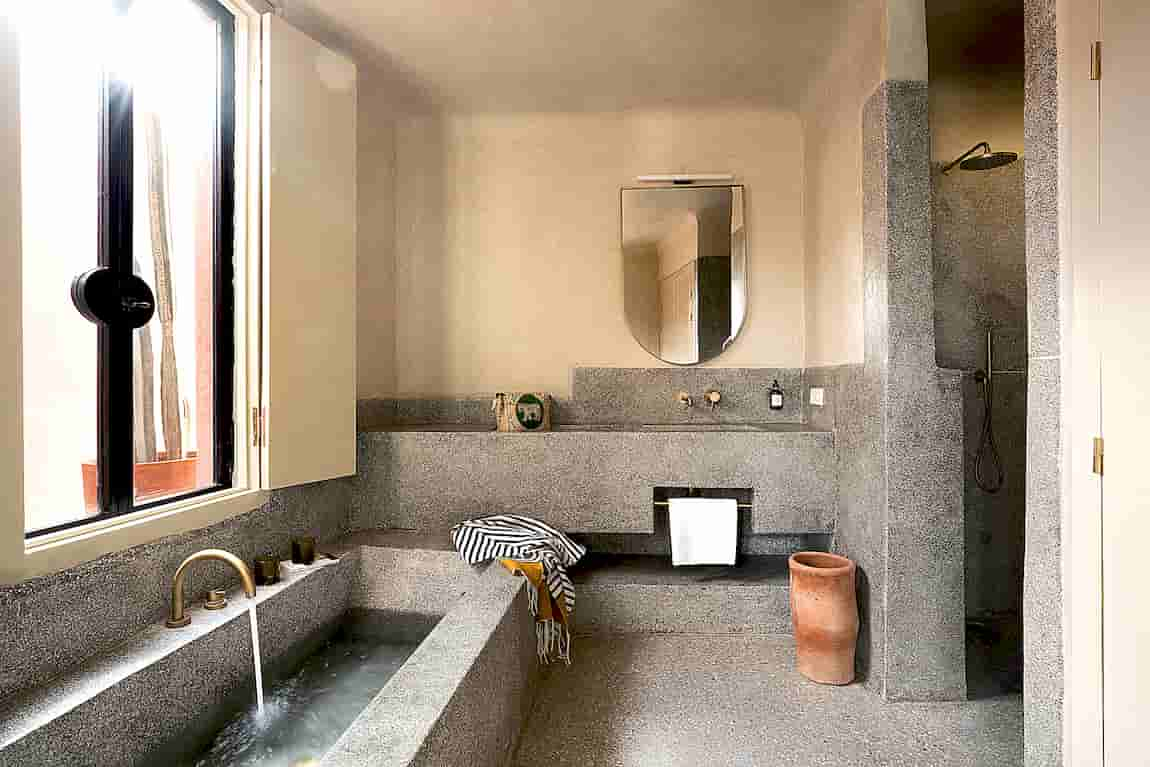




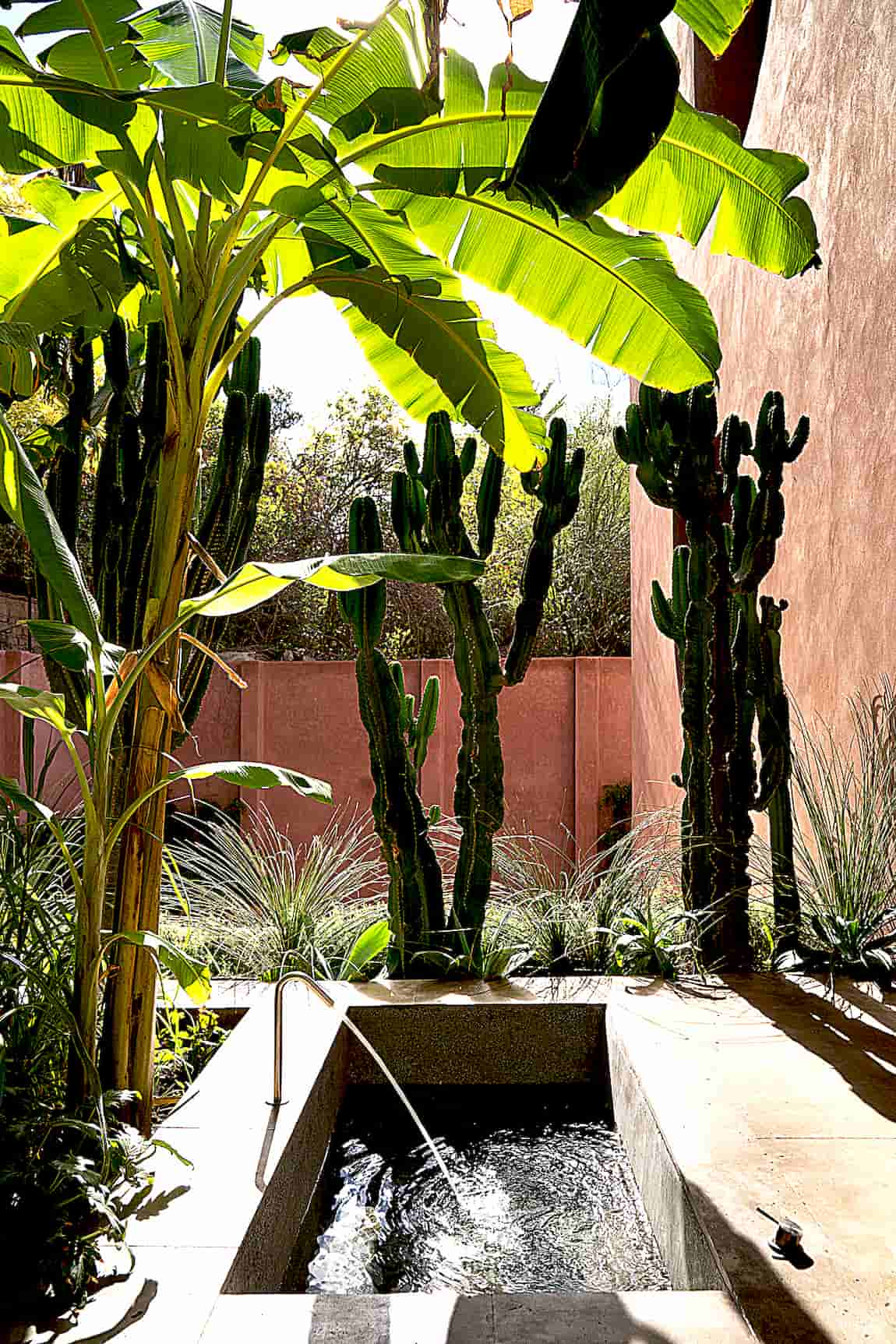
Featuring private gardens with outdoor bathtubs or outdoor decks with sun-loungers, the hotel’s eight rooms are serene sanctuaries while the comfortable yet cosy public areas encourage the small number of guests to socialize during the homemade breakfast served in the dining room, or by the fireplace in the living room enjoying a nightcap as the day comes to a close.
Picture it, you are sitting in the communal dining table, feasting on a variety of Moroccan breads and treats such as baghrir, a type of sweet and fluffy pancakes, or harcha, a traditional pan-fried semolina flatbread, daily baked on the hotel’s custom-built classic Moroccan kitchen, and drinking fresh orange juice and Moroccan mint tea as you look out over the property’s lush surroundings; undoubtedly a great way to start your day before setting out to explore Marrakesh but also an opportunity to make new friends.

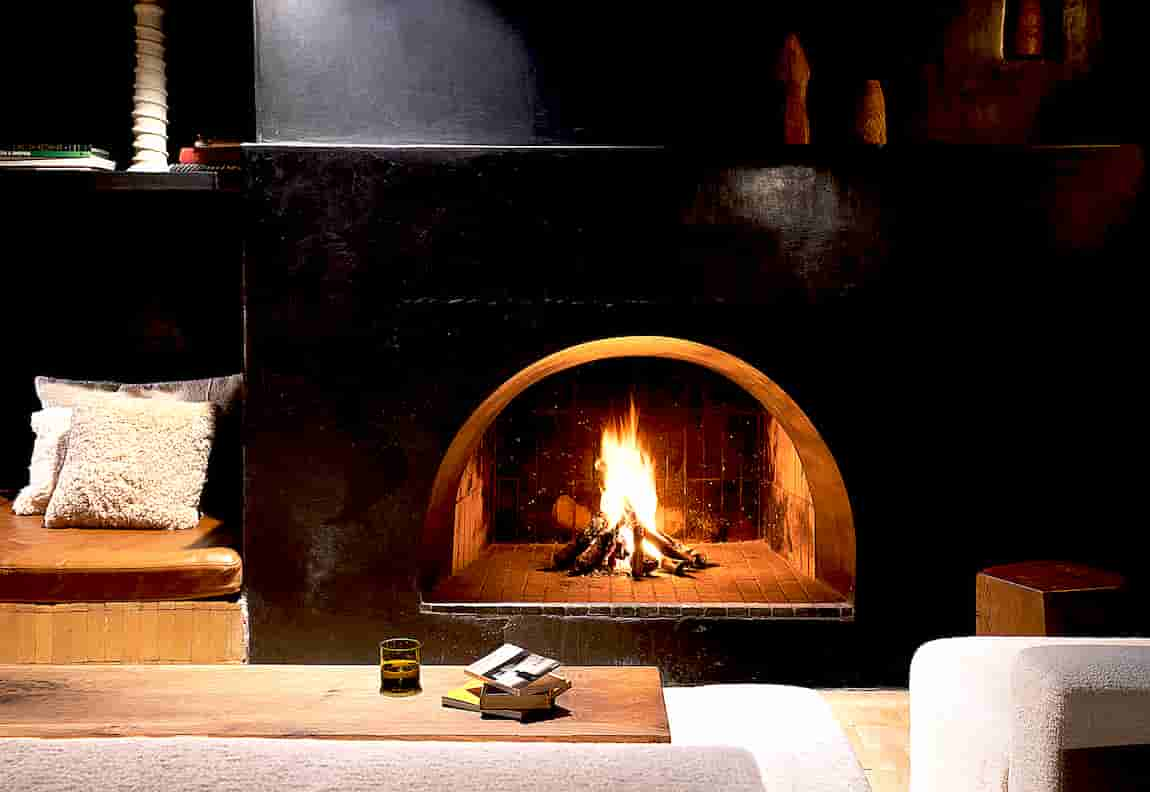
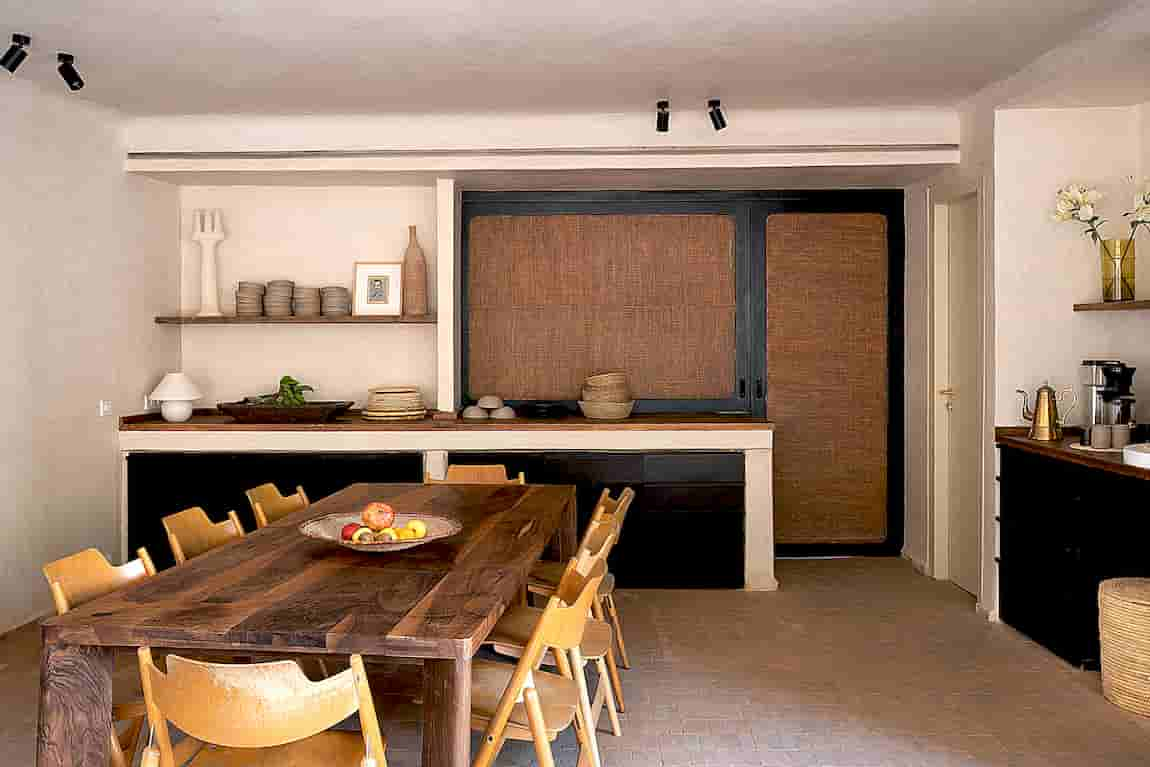
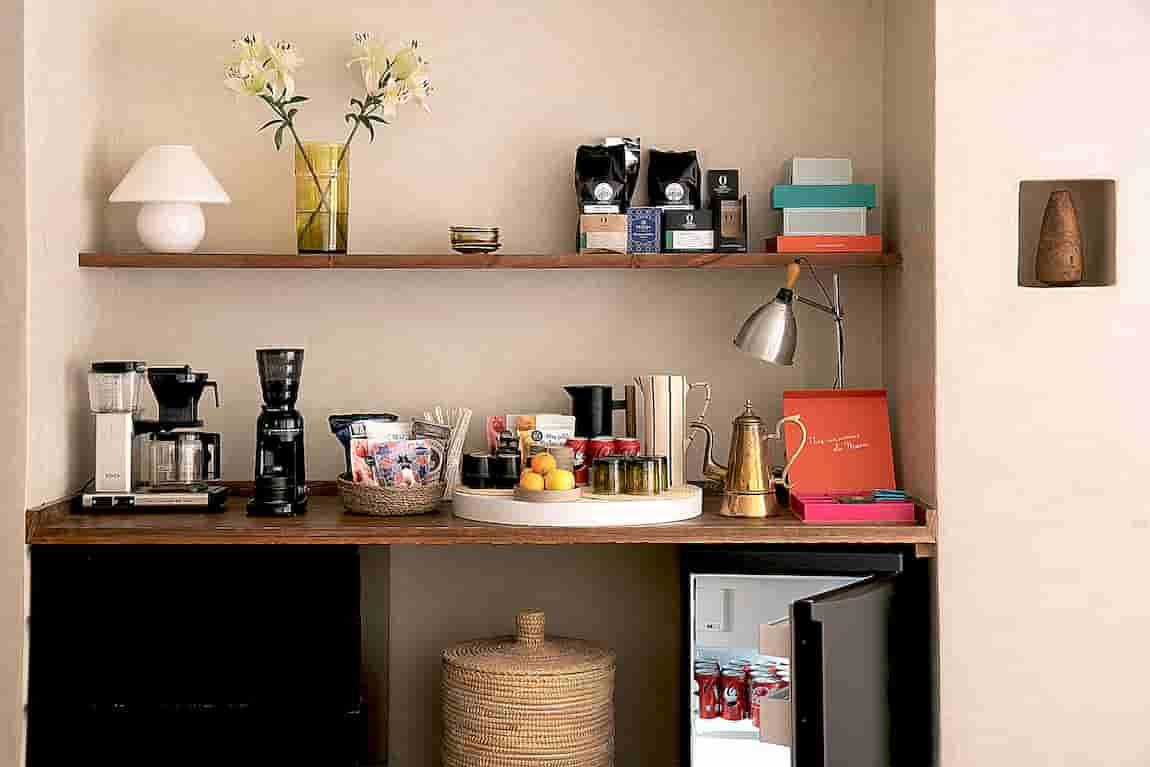
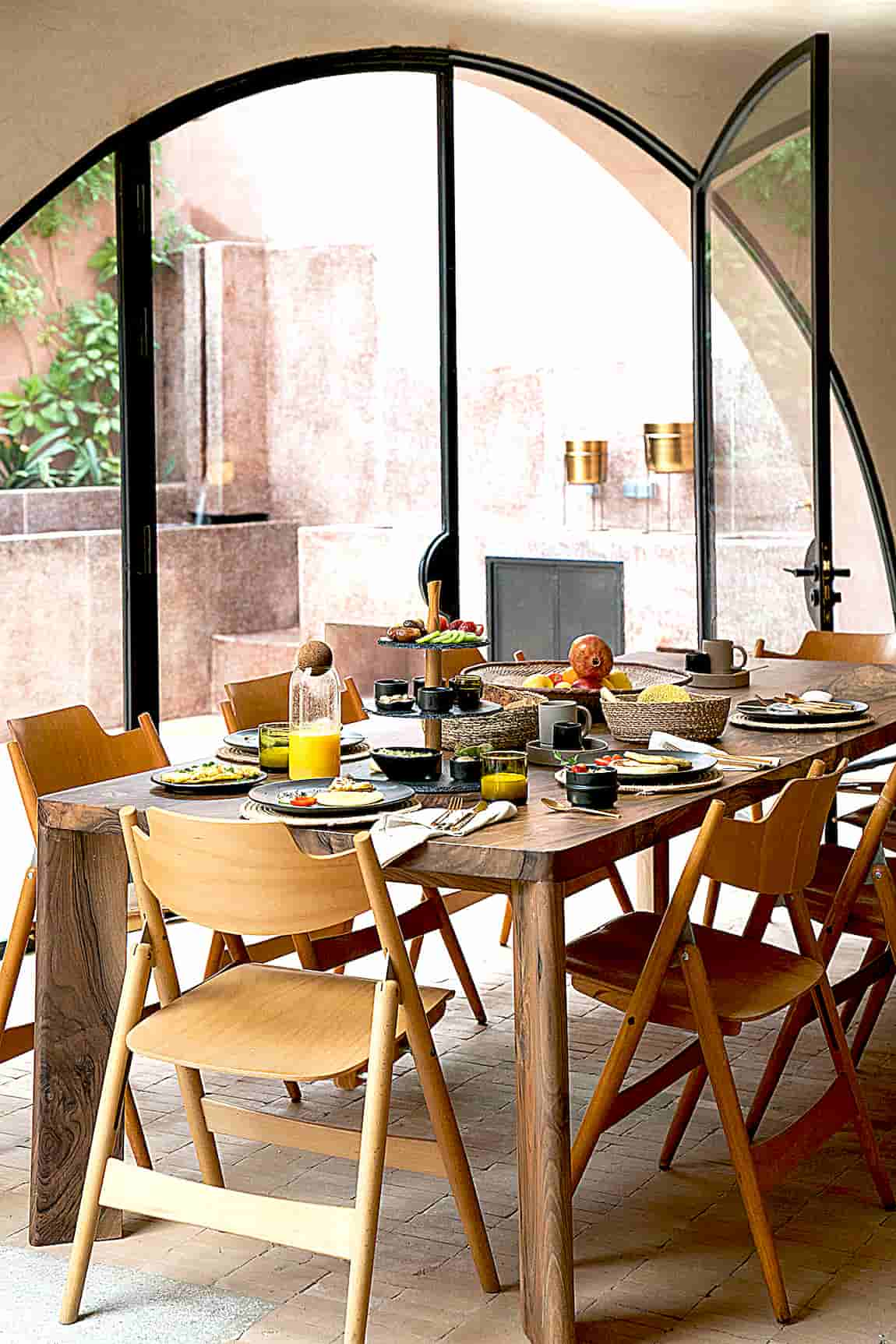
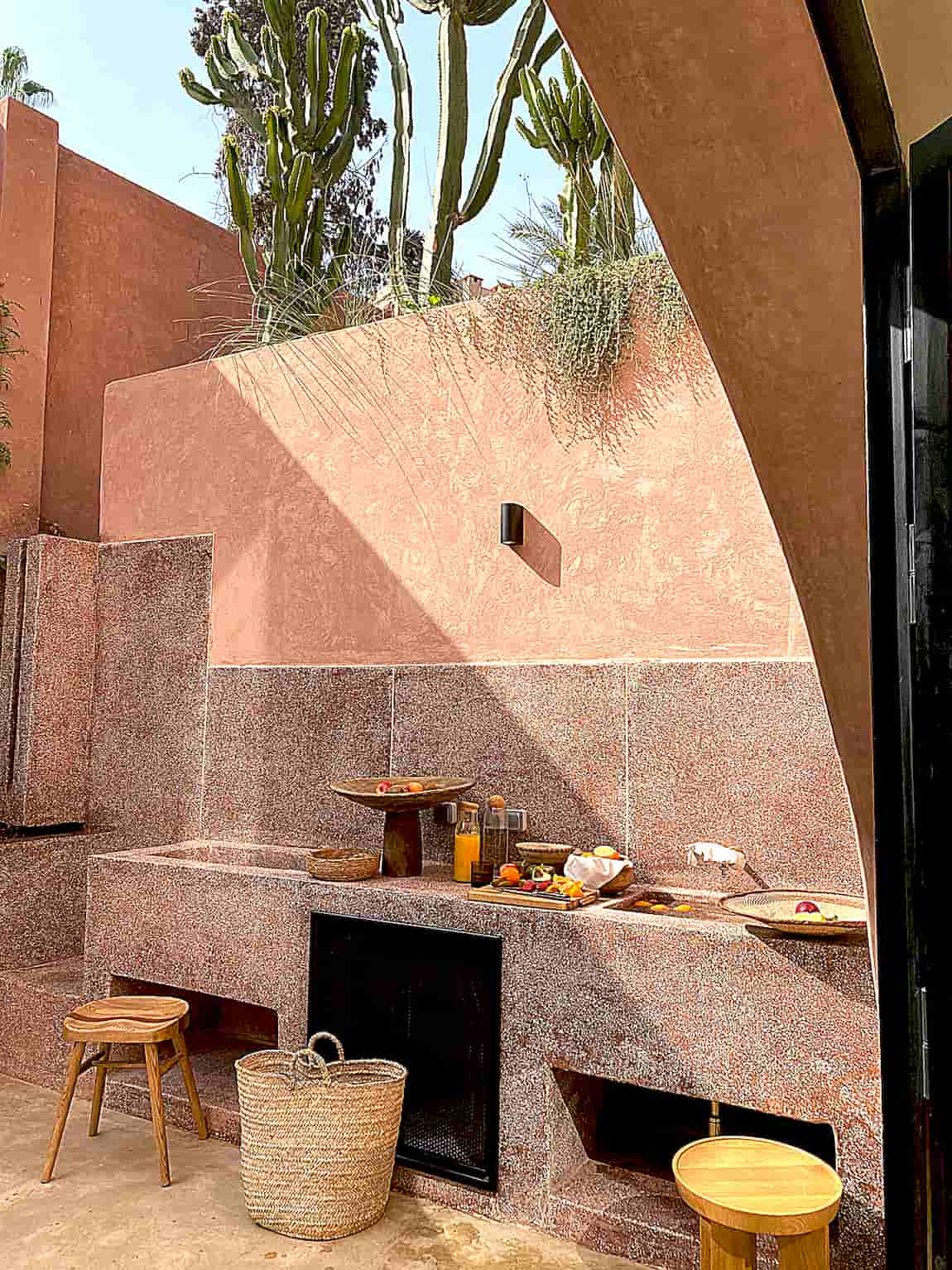

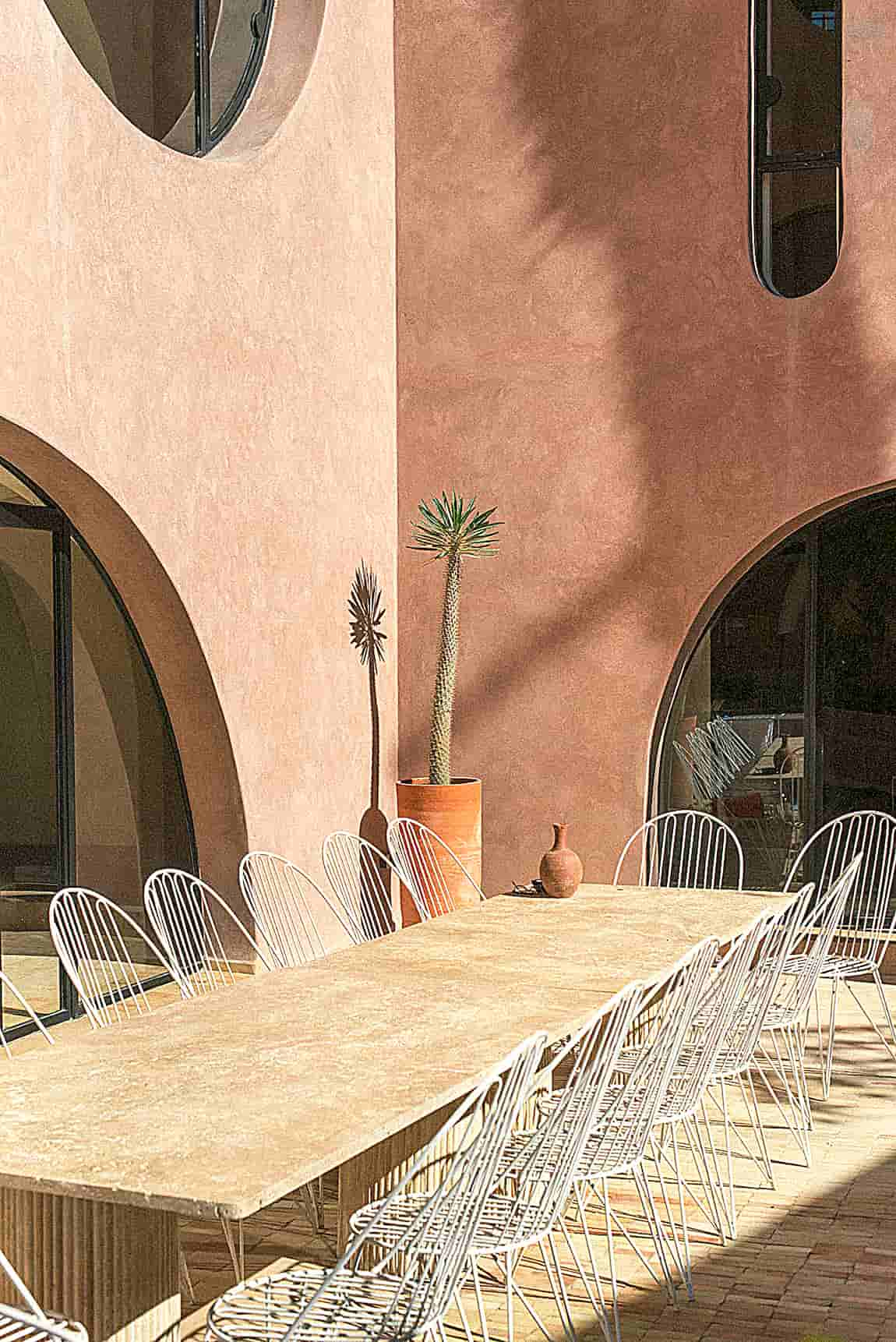

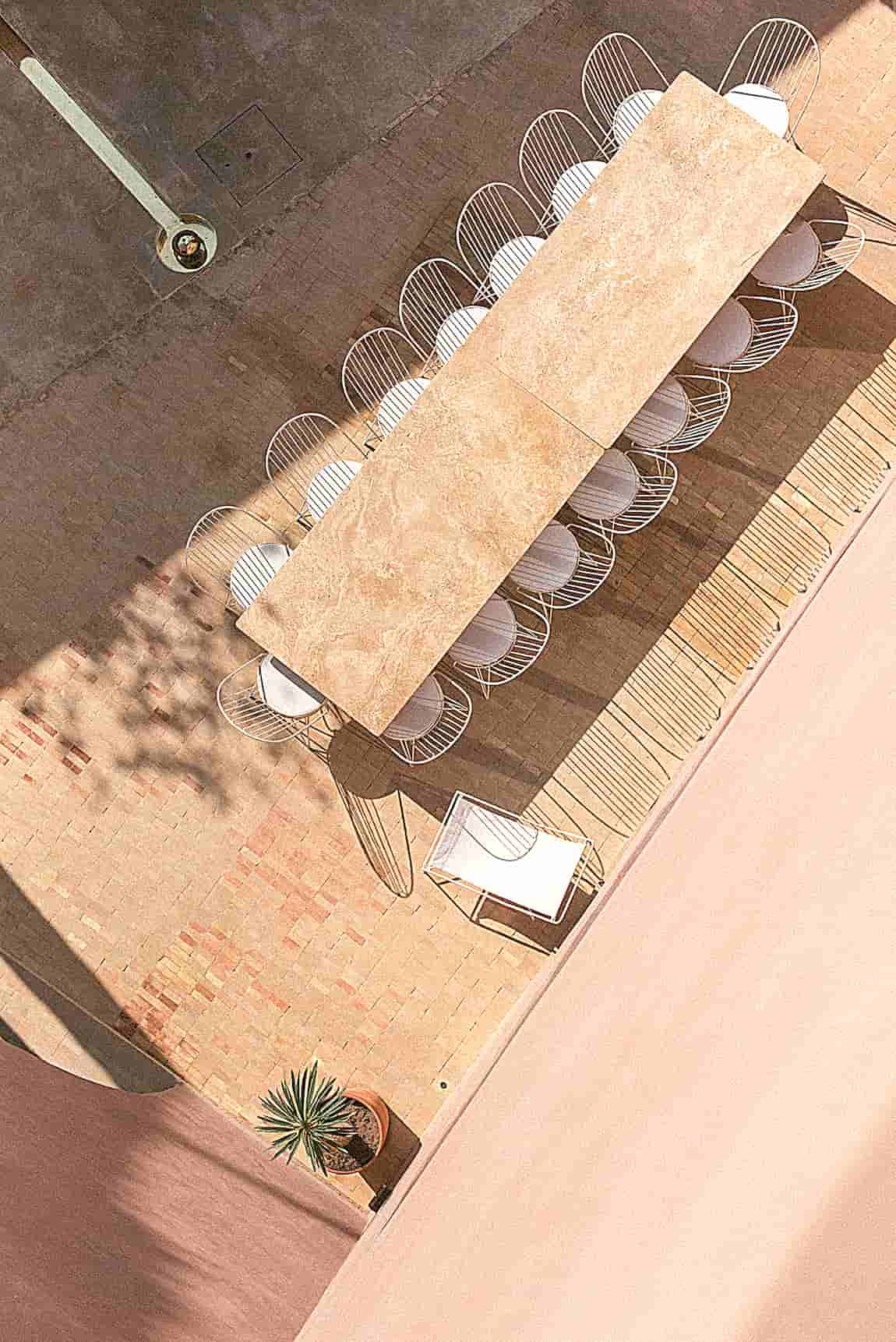
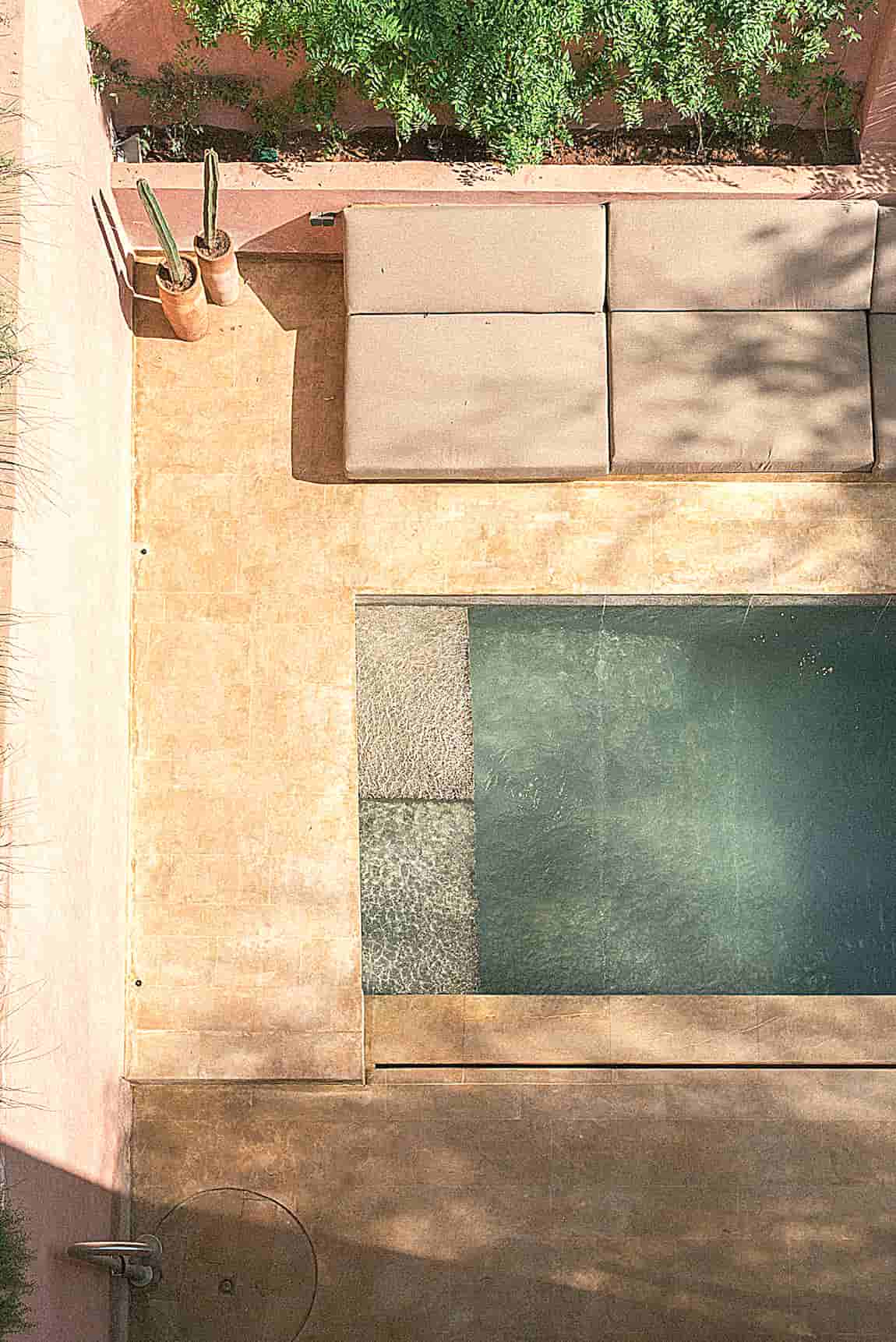
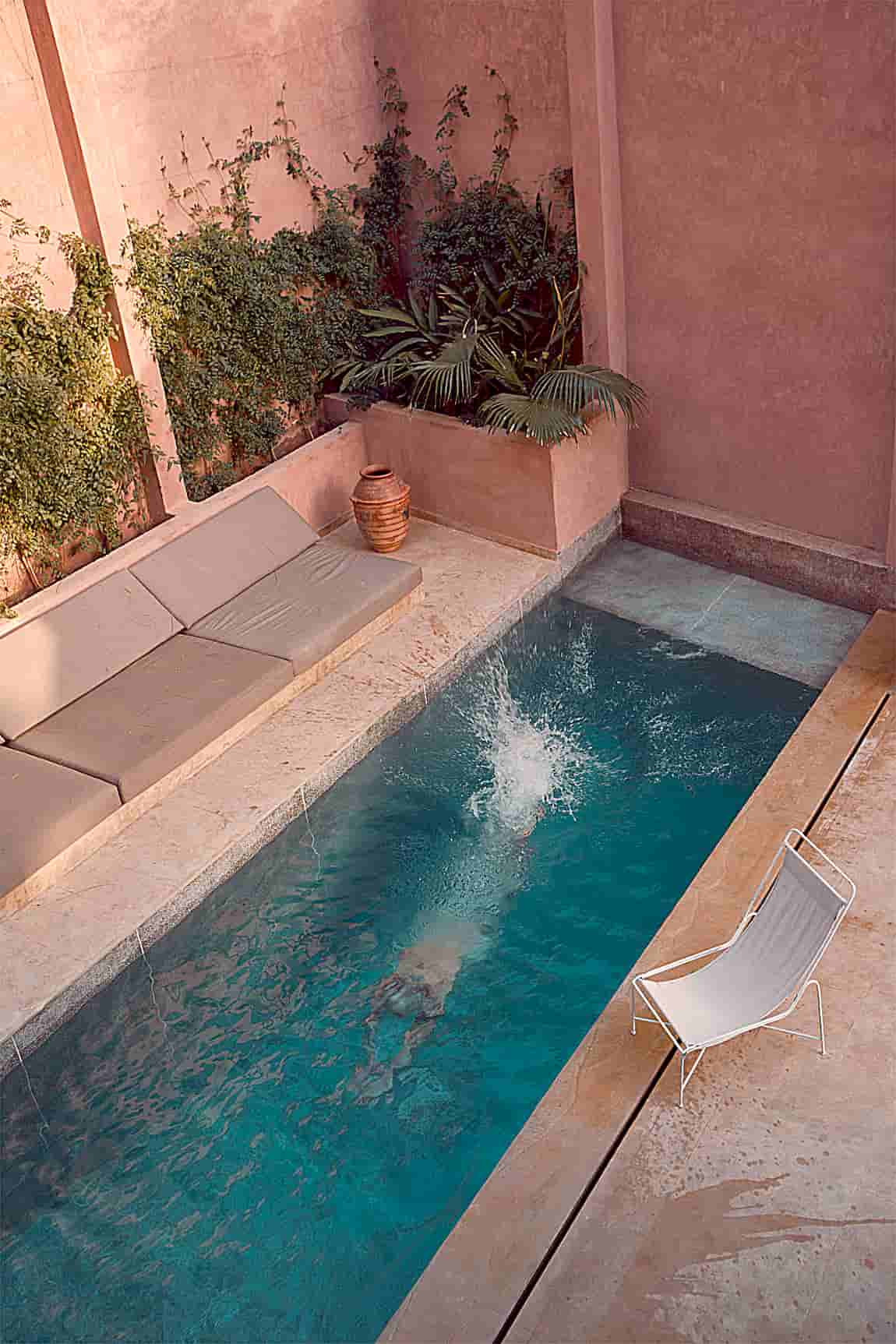
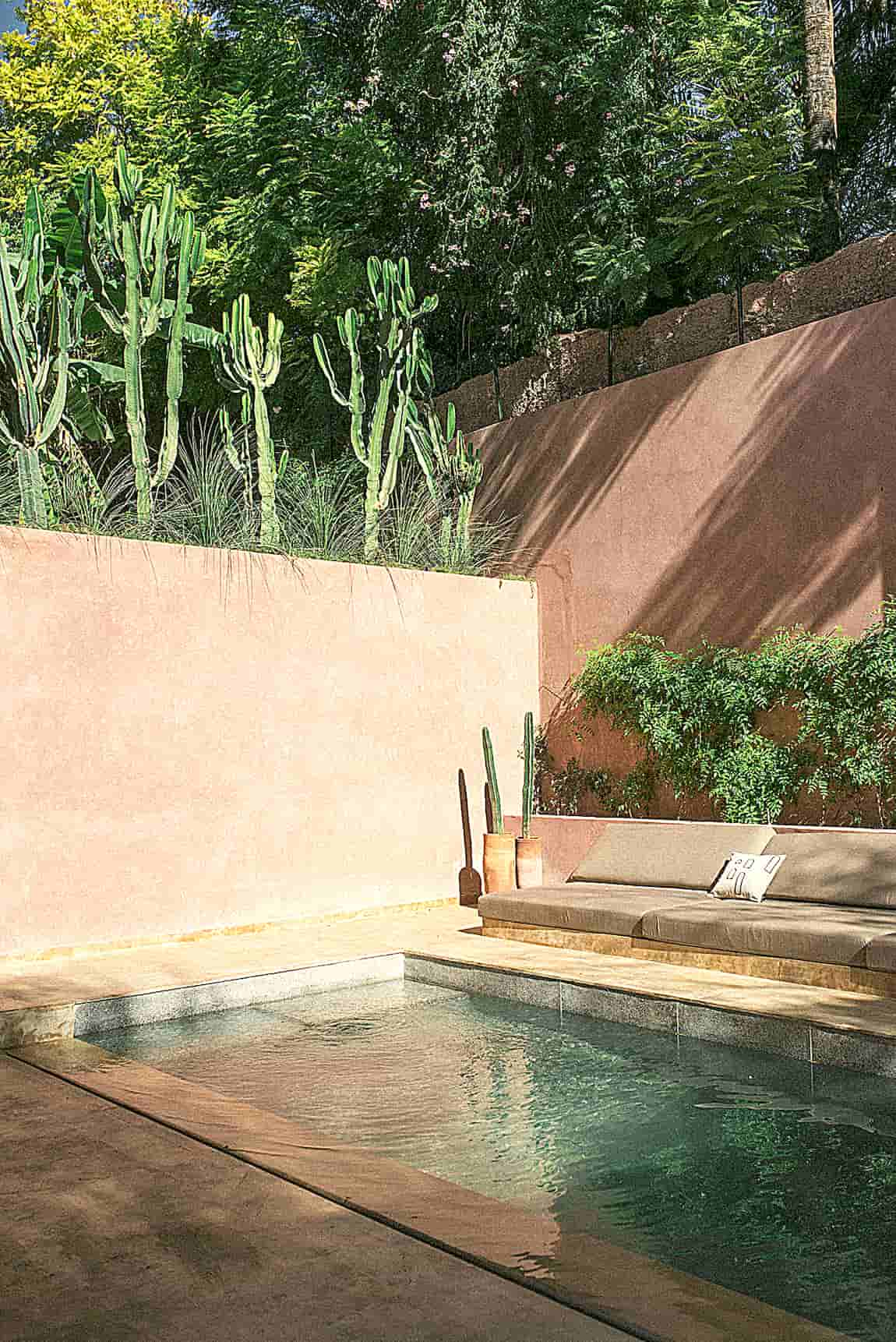
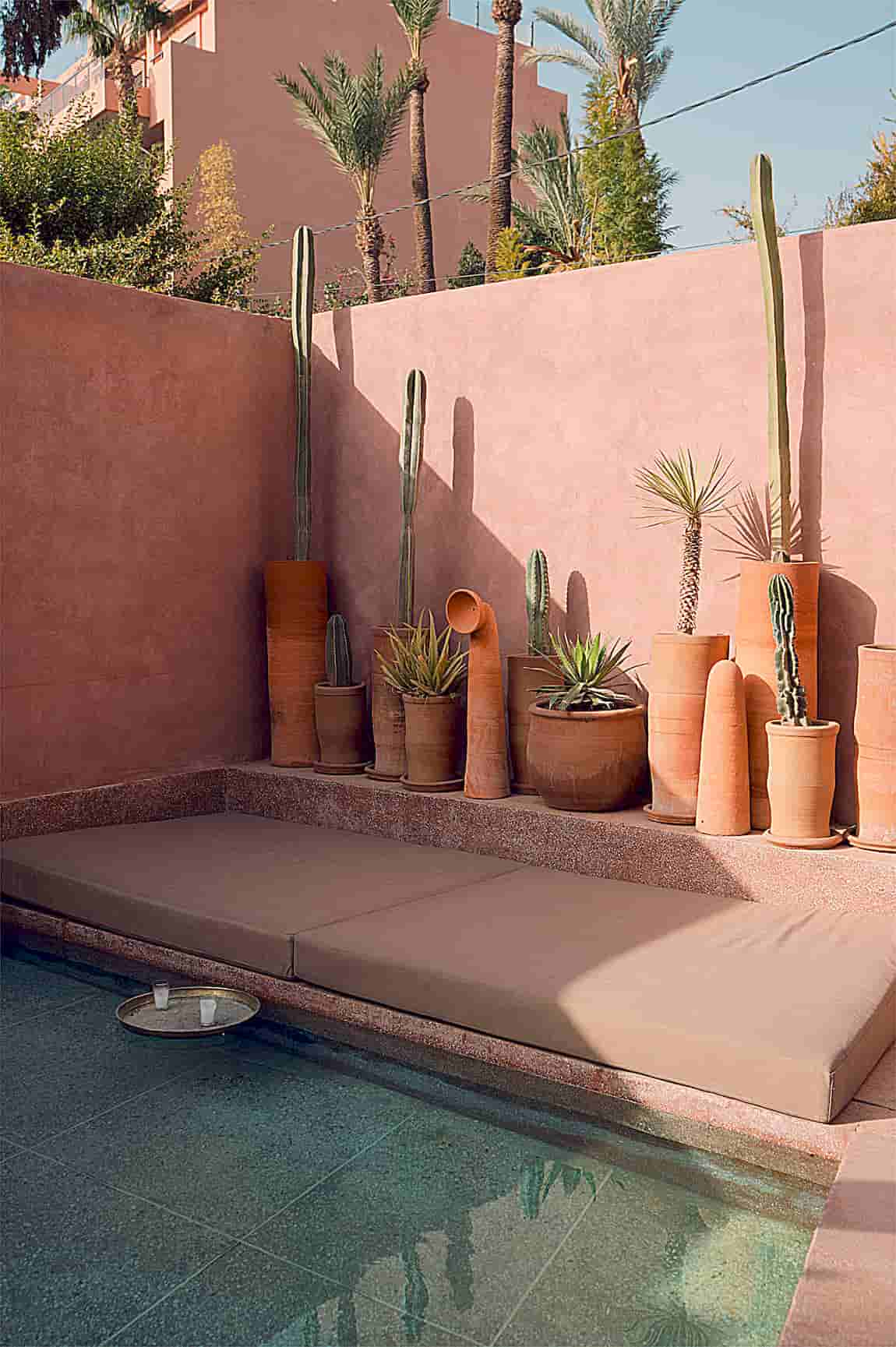

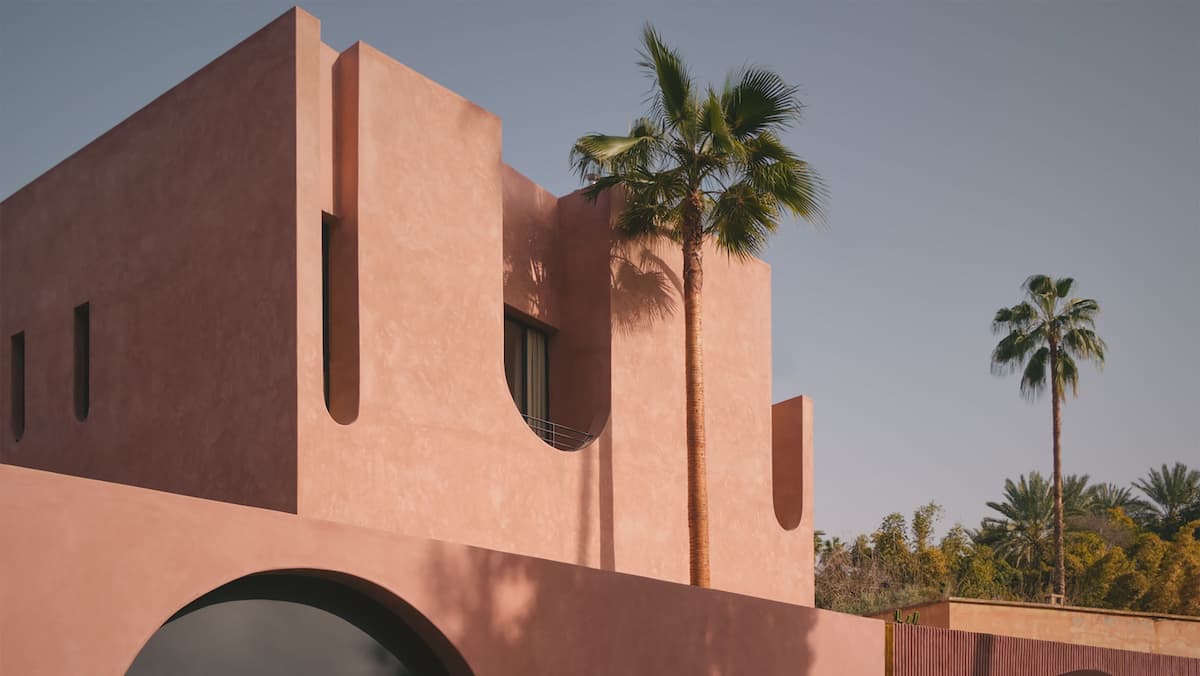
Om onvervangbaar te zijn, moet je altijd anders zijn.
Er zijn fascinerende beelden hier, en de fascinerende dag van samen! xo
─────────────────────────────────────────────────────
Per essere insostituibili bisogna sempre essere diverso.
Ci sono immagini affascinanti qui, e l’affascinante giornata di insieme! xo KanikaChic
